Webinar 3 - Compression & Clubface Control
Control & compression, that's the name of the game in ball striking and when you follow the GOAT Code, you will learn how to properly compress the ball with absolute control over the flight just like The GOAT.
Hey, is it Priyan?
Priyan?
Sorry, I don't want to mispronounce your name.
I think it's Priyan.
How are you?
Andy, hello.
Stan, hello.
How are you guys doing this fine Saturday night?
We got snow down here in Colorado.
Montana was interesting.
Uh, yeah, I'll talk about that later.
Um, I just want to get back to JR's question here.
Uh, bring the lead hand back on that.
Uh, Jr.
Let me I'll talk about that in a second.
I think you're talking about covering it here.
Um, 80 degrees in Pennsylvania.
Holy Cow.
Yeah, we got, uh, not, not where I live, I'm at 8 000 feet, but up in the mountains we got probably six or eight inches up above, you know, up above, let's say maybe 11 ,000 feet.
So yeah, we got quite a bit of snow already.
So let's see.
One more minute, 80s in Chicago.
Wow.
Yeah, it was actually nice here today.
It was actually in the low 70s, but it snowed up above.
And now at my house, it's probably 50 degrees and raining right now.
Kind of got some Seattle weather, weather, some doom gloom.
Okay, so let's get rocking and rolling here.
So I want to answer JR's question there and just kind of explain the sequence of how we're going through things.
So just to be clear, these webinars are not going through every single thing.
Uh, that's in the program, this is more high level, covering new stuff, helping you guys out live, answering questions.
But I am in by no means going through this step by step.
We will do a boot camp to do exactly that once the program is completely flushed out, which I'm still working on.
But I'm going to talk about that, too in a minute.
Um, so, but this is not.
I'm not here to, like, guide you through every single thing.
That's what your instructors are for, ask questions on the site.
Or, again, when we do a boot camp.
That's when you're going to be able to get, you know, your hand held and walk through every single single, every single part of this.
So yeah, we, you know, the putting stuff, we covered a little bit, but I didn't cover adding lead hand.
That's all in the videos, right?
So if you have specific questions on something you're struggling with, we'll, I'll cover that.
But what I want to talk about today is the newest video.
Because I know a lot of you are advancing through things quickly, some of you are a little bit taking more time.
But what I want to talk about is this understanding how to create compression?
Because compressing the ball is what golf is really all about.
To me, I, I, you guys know, I'm obsessed with ball striking.
Um, And I just played today just to give you guys a little brief note about my little journey through this.
I'm going through this program exactly like you guys are, because I've always been a lead side dominant.
Now, of course, I've been using the trail hand for years, but not to this degree and so a lot of this stuff that I've been going.
I'm now taking out onto the course and testing it and seeing what happens in the real world.
I played today as a matter of fact, in a little tournament, I shot the lowest score, which is pretty nice.
But it was a team event, so I didn't win anything because my teammates, They didn't play so great, but I won quite a few skins, so we'll take that.
But what's really interesting about this is that my brain has truly just transferred right here.
My entire golf swing, I feel in my middle finger, which I talked about before on the site, But it's really coming in through the short game stuff that I've been putting out there lately because it's.
Very, very interesting when you start really learning how to train this trail hand.
And I've talked to a lot of you who are having, you know, crazy experiences about how much more consistent, how much more confident you feel with the putter and your short clubs.
And it's even automatically transferring into your full swing, which is a which is the idea, right?
But obviously I'm going to get more in depth into the full swing.
And I'm going to talk about moving into the next step tonight after we get past the compression stuff.
But what I want you to realize is this.
Controlling the clubface is everything.
Golf, if you were to define it, is all about clubface control.
It's precision and power.
We need both.
But there's no point in having a ton of power if you can't control where that ball is going.
And so what you're learning to do with this putting work may seem like, how's this going to help me with my driver?
Trust me.
It does, and I know many of you have had this experience already, but as you're working through this, understand that.
Training this middle finger of your right, of your trail hand, and that first joint right there is so important.
Because that is what you're going to start associating with club.
Face control and once you start understanding how to control that face and how to use your hand correctly.
Then all of a sudden that you're going to start to realize that.
Chipping and pitching and wedge play and iron play and driver play, it's all the same thing.
It's controlling the club face with this.
And until you develop that sensitivity and get this into your brain, Where that club face is at all times, in space, with that middle finger and both middle fingers, really, but the middle one in particular, you're going to start to realize that you can have.
absolute control over the clubface.
And as you start moving into these next series of drills, for those of you that didn't catch it this week, we haven't emailed them out.
I'm just putting them out and then we're emailing them out over time.
But I put in some new videos this week that are self, basically skills assessment tests.
One of the most important things to know is A, are you doing this correctly?
Because that's the only way you're going to improve.
If you're doing it wrong, it's not going to help you, of course.
But B, How do you know when you're ready?
Like, okay, have I hit enough putts?
Am I good enough to like start chipping?
Am I good enough to start hitting shots and so on?
So there's three new videos in there.
One for putting.
There's a skills assessment test there that tests your putting to see if you're ready.
And then there's one for chipping and then there's one for pitching.
And then I'm working on the next sequence, which is wedge play that is in the next phase of the program that really is full iron play.
And what you're going to see is that you can have insane control over the club face.
stuff that you never even thought possible, quite frankly.
Even for me, now I've been playing competitive golf since I was 14 years old.
So I'm 48 now.
So whoever wants to do that math, a long time, 34 years, I've been hitting a ball with a stick and doing it for money.
Well, I didn't do it for money as a 14 year old.
But as soon as I got out of college, I did because I wanted to make some money at this.
And at this stage in my life at 48, I have never.
had this level of precise control over the club face consistently.
Now, of course, I've shot lots of rounds in the low 60s, you know, but those weren't something that I, now nobody can shoot 64 every day.
What I mean by that is when I've had those really, really great rounds, they were really great rounds.
I made a bunch of putts.
Everything was just kind of clicking.
Now I feel like I can regularly do that.
I can regulate, I'm not going to say I'm going to go out and shoot 64 every day, but you know, I shot 34, 33 today.
That's 67.
That's not bad.
But the more thing is it's playing golf in a way that I didn't even think I could play at.
Because I've spent so much time over the last two months working on this short game material that I have such a complete different understanding of.
Club.
Face control.
Again, really training my trail hand.
But it will carry over into every single aspect of your game that you'll be able to hit shots that you didn't even dream possible.
And it really is important that this next phase, if you're working up to the pitching and you're working on this compression stuff, that you get this right.
It's so important because this is exactly how you're going to hit every single club in the bag.
And learning how to do it with this smaller stroke, where you're really controlling the face and really trying to be precise.
When you go to that skills assessment test for pitching, you're going to see it's a challenge at first for most anybody.
I've had my instructors working on this as well.
And even though they're great players, they are having a challenge with getting through these skills assessment tests.
And it's because they're having to go back and really refine face control.
And that's what we're going to talk about right now.
So when you're working on this compression movement, there's a couple things that I want you to really pay attention to when you're doing these drills.
The first one is obviously, where is that club face pointing at impact?
Now, that seems obviously simple enough.
But if you put this goat arm with this trail hand correctly together, this impact position, I'm going to scoot up to the camera so it's a little bit easier to see.
This is what you're trying to do at impact every time.
Note that my arm is supinated, right?
I got my elbow pit out.
Now, obviously, I can't hold my hand that supinated.
So because it's obviously going to start to work back.
But when you get this feeling where this wrist is still feeling supinated because your arm is.
And as it, obviously, as it comes into impact, it's going to have to start to release and you're going to start to lose some of that angle.
But this, this supinated arm with this arched back wrist, with the strong grip and the club face being square every single time, That is how you hit the driver.
That is how you hit your irons.
That's how you hit every club in the bag is like this.
And once you get this motion of this arm feeling supinated and your wrist controlling that face and those two fingers, especially that middle finger, sensing where that sweet spot of the club face is.
And note as I'm coming through, I'm not releasing the face.
This is what you're trying to feel on every single stroke.
And that's what you're going to work on as you're working the putting motion.
Guess what?
It's the same thing.
Obviously, it's releasing.
I'm holding this off purposely because I want you to be able to see the angle that you're trying to create.
And I get in depth on that compression drill video.
If you watch that, you're going to understand that obviously, you know, you're delifting it to a degree, but it does also have to release.
But you can see as you start doing this, how is that ever going to hit you a bad shot?
When you see the club face up the line, what's the club face doing now again, because the club is going slow?
I can hold the release off, but this as I start adding speed turns into this.
Because I'm not going to be able to stop that and I'm going to let the club release.
And that's why Caleb's asking questions does agree with the hack motion?
Yes, the hack motion data is going to show the exact same thing.
It's just that as you're chipping, it doesn't detect chips.
So we can't even use it for that.
I'm working on that with them to be able to detect shorter shots.
It doesn't work yet, but there's an update coming in a couple of months, supposedly that will allow us to start tracking shorter shots, like 10, 20 yard shots with the hack motion, but it doesn't exist yet.
So, so back to this, this is all you're trying to feel.
Do you see what the club face is doing?
Do you see how easy it is for you now to become a great chipper of the ball, a great pitcher of the ball?
a great wedge player, a great iron player, because that motion is the exact same with every club in the bag in a trail side pattern.
And it makes it so easy to control once you really put your brain in this finger and start understanding this arm and this wrist position.
I feel like I'm kind of, you know, as I talked about before, kind of leading with the back part of the pad of my hand.
But then, of course, as the club starts to unhinge and release, it changes to where like my fingers are leading the club through.
And then I'm working on holding that club face square as I'm releasing the club.
Now, again, as we start adding speed, it's going to release more.
But that is what you are trying to learn.
Is your right arm straight?
Does it have to be straight?
It's obviously going to be a little bit bent.
It's going to be pretty close to straight on these shots.
It's not going to be perfectly straight, but it is straightening through the shot.
Uh, and then grip pressure.
I'm holding, I'm doing it one hand only.
I'm holding the thing pretty damn tight because I need control of this face.
If my hands are super soft, what's that face going to do?
It's going to start closing on me.
How do you have, does this look like I have club face control?
No, I probably have very good timing.
I can flip it really well because I've got, you know, tied, you know, good hands, but I don't want to do that.
It's this.
That gives you absolute control.
And this is exactly what you see Tiger doing.
This is why when you watch him chip, he's holding that club face like this.
All right.
So I got a few questions here.
Let me try to jump in here now.
Hit every fairway and longer than before.
That's not too bad.
Nice.
The J release, it's all the same, but you're kind of jumping ahead, David.
The release is all, all the stuff is exactly the same.
We're just backing it way down so that we have control over it first.
Jeff's taking his pitching, putting, chipping to the next level.
That's awesome.
Exactly.
Jeff and Brian, this is exactly what I'm talking about.
When you realize how simple Tiger's game really is, When you realize it was built from learning how to control that club face with those right hand and learning how to chip.
With his right hand, and learning how to pitch with his right hand, and learning how to hit wedge shots with his right hand, it completely changes everything in the game for you because this is so easy to control.
It's kind of like playing cornhole from the side, right?
Like play cornhole, we've all kind of done that.
That's kind of the motion.
It's basically just that, but you've got to do it from the side.
And so now if I'm playing cornhole, I'm not going to do this with my hands.
Now, of course, as we add speed, your hands are going to release over.
But what you've got to realize is you have to learn to control it through the hitting area.
And then once you know, everything takes over and speed takes over.
Then, of course, it's going to release, but this is the most important thing for you to get.
And it starts again with that putter once you have that putter under control, and when I mean under control, I mean, when you're hitting these five foot putts, don't just try and make them, try and make them in the exact center of the hole.
In fact, as a as an example, just course management stuff.
So I was playing today and I had.
I had just hit two great shots and I was on this par five and two.
And I missed the putt.
And I had like a little four footer or three footer coming back.
It was like a little slap in.
You don't really pay much attention to those.
A lot of times, a lot of times people will say, oh, that's good.
Pick it up or whatever.
And it's easy to kind of like, fall out of that habit of, like, really having to concentrate to make those putts.
And today I made it and it's like, you know what?
I'm a really good putter now and I'm going to make this.
So they gave me the putt.
I'm like, no, no, I want to putt it.
And again, it was like three or four feet, but I'm like standing over that putt and saying, why do I need to hit this thing?
Like, this is an easy putt.
I should just step up here and slap at it.
But I really said, you know, I'm going to make this right in the center, like right over this blade of grass.
And having that level of precision and control is now within your grasp, because this is not moving much.
Look how simple this is.
It's just this.
And it's training this, that middle finger to sense that sweet spot of the club face.
Once you have it in your putter, you start going to your chipping.
Once you have it where you can chip really well, you start pitching, you start hitting wedges, you start hitting irons and so on.
But what you realize is it all started with the putter.
It all started with the smallest stroke because many of you have noticed, have gone through this and really taken the time to go through these drills.
And if you've done the skills assessment test, it's not easy at first.
You have to have true control over that clubface to be able to do these drills.
And again, it's not hard.
It's just this.
Look, my clubface is always square.
Just like Mo Norman always talked about.
He really wanted that clubface to never turn over.
This is a big exaggeration because, again, you don't have any power unless you let the club release.
But we need to get the feeling of controlling that release first.
And then that's going to set you up for the next set of drills, which I'm going to show you here in just a second.
I can control the distance of my flesh mostly.
I'm still having trouble reading the greens.
Well, that's something that just takes a little bit of time.
So I'm going to share with you.
So the next series of videos that I'm going to come back and do some questions is, let me share my screen real quick.
All right.
So this is the next series of drills that you're going to be working on.
So you've got to have the chipping rings for this.
We have a link for them.
Brian will throw it up here in just a minute.
But this is 20-yard carry shots.
And this builds on what you learned in your putting stroke.
Let me play this real quick.
So the first, you land it right in the center of the three-foot hole.
And the second, I'm going to land it in the other one just so you can see the difference.
So the second one's going to land in the six-foot ring.
And so the way that you're going to pass this skills test.
That shot that lands in the middle ring is worth five points.
And the next shot, if it lands in the six foot ring, is only worth one point.
This is 20 yards of carries.
You have to carry it in.
It doesn't count if it bounces in there.
So that's only a one point shot.
So now what you're going to have to do to pass the skills assessment is you have to score enough points.
You have to score enough points.
to be able to pass to that next level.
That's when you're going to know that you're good enough, that you've hit enough of these shots to be able to control the face.
And even though it's a 20-yard carry shot, you may think, gosh, there's no way I'm going to hit it inside a three -foot circle all the time.
It's not hard.
It's literally just this.
This is all I'm doing.
I'm using my core, the right side of my core, to turn back, to give my arms a little bit of momentum, and then I'm just controlling that face coming through.
And then you can hit.
20-yard shots right in the middle of that circle all the time.
Once you score enough points, you're going to go to 40 yards.
And once you do that, you're going to go to 60 yards and so on.
That's how the next phase of this program is coming around.
So now, are you still throwing the try?
Yes, exact same thing.
Nothing changes.
It's still a throw.
Everything I talked about in these other webinars, I won't answer that question again.
I've talked about it in the other two.
Everything is the same.
I'm throwing to there.
And it's releasing.
What I'm showing you is just a static motion.
But obviously, this is not the golf swing.
The golf swing is this.
So you don't see that I was like that at impact.
So everything is still exactly the same.
So now these skills assessment tests, you are going to need a set of chipping rings or something that you can make, you know, small garden hose if you don't want to buy a set of chipping rings.
I think they're like $59.
They're not crazy expensive at all.
They're very simple.
I kind of, they fold up really small.
So I actually keep them in my golf bag now all the time.
So I go to the course and practice.
I use them actually on the course because it's really, really, it gets me focused to be like, you know, instead of just hitting two of the green, like a practice green, we've got chipping greens out of our course.
I put those out there because nobody ever uses the short game green practice areas.
I have it all to myself.
And then I get focused on landing them in the area.
Because if I know the way that I've practiced to warm up before a round of golf.
I go and putt one-handed.
I start putting one hand.
I start hitting a bunch of putts one-handed.
And then I go to two hands, of course, and then I go over to the chipping green and I start chipping.
And I start making myself hit the flagstick or hit in those chipping rings from all different distances.
And then I back up a little bit more and I go back up a little bit more.
But again, it all starts with that clubface control.
If my putter is kind of doing this kind of stuff, I don't understand what I'm doing.
There's no way to control that clubface.
But once you start understanding this goat arm and this wrist and your core, that that's basically all Tiger's doing.
And everything starts to happen automatically for you from there.
So now let me see if there's any of you that have any questions on putting, chipping, Or pitching and want to come up on stage and get a little bit of help because you're struggling with something.
Post something in the comments now and I'll bring you up and see if we can help you out.
Nobody needs any help.
You guys have all got this stuff dialed in.
That's awesome.
No questions on the compression drill, the putting stuff, the chipping drill, any of those things.
How does the right shoulder help to keep the club square?
I need a little more info on that question.
I don't really.
Think about the right shoulder in any specific way.
I'm just using my core to bring the club back to square.
How do I keep moving it through?
Why would you want to?
Is there a release in the putting stroke?
Yep, absolutely.
I talk about that in the putting videos.
Any recognition on simple software like you mentioned in your compression video?
I use Swing Catalyst.
There's a few different software programs out there now.
I don't know any different ones.
I've been using swing catalyst for years, so I don't have any good recommendations on there to square the club.
You don't square the club with your shoulder.
Do you open your stance a little bit more on the ripper chip?
You can, and that's just kind of a variable.
Just depends kind of how I feel with the lie and how much spin I'm trying to put on it.
I tend to open up a little bit, but sometimes I actually will close my stance a little bit and swing more left on the ripper chip.
So instead of setting up really open, sometimes I will do that.
And that makes it very easy to hold the club face open.
But sometimes on that ripper chip, if you want to set up a little closed, I take the club a little bit more outside and then I cut across it.
And that gives me a little bit more spin.
And I like to set up a little more square because I'm going to pull it a little bit from my line there.
During the putting drill, my lower half moves a bit.
Is that normal to.
No, the lower half is going to move a little bit.
Again, the putting stroke, that's a great question.
The putting stroke is a miniature driver's swing.
That sounds really crazy, right?
Like, oh my God, that has nothing to do with the driver's swing.
But I promise you it has everything to do with the driver's swing and tiger's stroke.
And I've got tons of high speed footage of him, you know, hitting longer putts.
And you'll see weight shift.
You'll see hip turn.
You'll see knees moving.
It's big shoulder turn on, you know, a 40, 50 foot putt.
It's all the same stuff in Tiger's game, and I truly believe that.
It's rotating the core back and really using this right side of the core to move everything back.
If you watch Tiger when he takes the club back, especially on a lot of his chips, This was a challenge for me at first, because most golfers kind of just want to take the club back with their arms and hands.
So, yeah, it's easy to keep the club head outside.
but your hands also go out away from you.
And so then you start wanting to do all sorts of club face manipulation.
If you watch Tiger, his club goes straight to the inside, his hands go straight to the inside, yet the club goes up.
And the way that he's doing that is moving from the right side of his core to move the arms back.
And so, yes, everything's moving in that field.
What is the most important thing in the compression drill?
Center face strike, D-loft in the club.
Can you say more about takeaway in terms of your core feeling?
Yeah, so let me, this is something I'm still wanting to be really more precise about, but I'll explain it the way that I feel it.
So your obliques attach up here, like down your pelvis and up in your rib cage.
And your obliques are, you know, rotators, they do side bend and so on.
And there's more muscles involved, but to keep it simple, if you just think about your obliques, this will kind of give you a really good idea.
One of the keys I was just talking about how your hands have to work inside.
And the club has to stay outside without doing something with, you know, your hands flipping the club and so on.
In order to do that, what I found is moving from right here, right at the base of my rib cage.
So my last floating rib is like right, right down here.
I feel like I'm moving from right here.
So like up my floating, last floating rib and up into my back a little bit.
What I feel like I'm trying to do is get this to move first.
And then that gets my hands to go inside.
And then all I have to do is work the club up with my hands.
But what this really does is it starts to separate my arms from my body.
And now, that may sound like a bad thing, Because a lot of times, People separate their arms from their body like this and pronate their arms and do all kinds of crazy stuff.
But what you really want to realize in tiger swing is it's about hand speed.
And he says that a million times.
If you go back and watch him in those Golf Digest clips about him doing his whole game playing series, he doesn't ever think about his body.
He doesn't ever talk about his body.
And if you ask him to kind of use more body on a shot, he doesn't know what that means, which is kind of interesting.
Hand speed is very different than body speed, obviously.
And when tigers swing, he's really just accelerating that right arm, right hand.
With his body's involved, of course, right?
But a lot of times when people start using their body, their arms kind of get stuck to their body.
And so then your arms and body kind of move together like this.
And there's a lot of people that teach that and swing that way.
And that's one way of doing it.
That's obviously not what Tiger does at all.
Tiger's arms move independent of his body.
And the reason for that is he's not going to put a lot of stress on his body.
He's going to use his arms and hands to create a lot of speed.
And so the way that you're going to get that to work is, I feel it as kind of two separate things a little bit at first.
I feel this kind of triggering my swing to help get my arms and hands to go nice and inside and be moved by my body.
And then I feel that my right arm is just kind of going up where I want it to, to get the club in position.
But I don't feel like my arm is glued to my chest and I'm rotating like this.
That's going to slow my arms and hand speed down.
It's going to only move as fast as I can move my body.
So I move from here, go back, and then it's very easy for me to just get the club to swing up.
And then I feel like from here, what this does is helps get my hip and my body out of the way.
Because the most important thing is getting back down into that GDP position, because that's how you're going to control the face.
Once I'm in GDP and I've got that arm supinated, I got the club face square all day.
This is all I got to do.
It's so simple.
But I have to have room for this.
If my hips, if my body doesn't get back out of the way and I start to rotate, then my arms and hands are always going to come out like this.
And then I'm going to have the club late and I'm going to have to flip my hands.
Or I'm going to come over the top if I'm a high handicap.
Getting this back out of the way quickly and early makes room for me to start bringing my arm back down into GDP.
So this, if you're trying to clear your hips.
Something that I'm gonna say that's probably gonna sound kind of shocking.
In tiger swing, you don't try to clear your hips.
Your hips are going to clear automatically, but if you try and clear them, you're gonna mess everything up and you're gonna put way more effort into the swing than you need.
You don't have to try and fire your hips at all.
You have to use your arm and your body, the right side of your core to swing down, but I'm not trying to turn my hips here.
As I'm trying to bring my right arm down in that GDP position.
Because if I, if I pronate, I don't have to clear my hips at all, but if I supinate.
My right side of my body is going to push my left hip back out of the way and force my leg to straighten.
But I don't try and straighten my leg, I don't try and turn my hips.
I try to bring my arm down very fast with my body, just like again throwing a punch.
And as I'm doing this, all of this stuff that you're trying to do with your body happens automatically.
So hopefully that kind of answers your question there.
Let me try to go back here a little bit.
Cormac had a question about hinging the risk.
You do hinge the wrist, but as you get to a longer swing, it happens later in the swing.
It's going to still happen off the ball a bit, but in a chipping stroke, we need some wrist hinge to have anything to hit with.
And so it sets a little bit earlier, but this is giving you a feel for how to set it, period, and starting to get control of that club face and releasing it.
Practice one-hand chipping.
I'm doing pretty good.
I put two hands on it and start shanking it.
If you're shanking chips.
Your body is probably really static, or you're just using your arms to slap at the ball by themselves.
Your body and your arms have to work together.
So if I just kind of take the club back, let me try and shank one here.
So I put both hands on here and I don't move my body at all.
That's a shank.
And if you look like this, you didn't move your body at all, especially in the backswing.
And that's a really common mistake is not getting this core.
To clear back out of the way now, obviously, in a chipping stroke, it's way more subtle.
We don't need to turn our core that much, but you do need to turn it some.
You've got to make room for your arm, otherwise if you try and bring your arm down, there's no room for it.
And you're going to hit it off the hosel.
So make sure you're using your body to clear your body, to make room for that arm to come down.
If you're not sure what's happening there, have Craig, review your swing and see what's going on there, let's see, Yeah, there's a little bit of wrist cock and hinge.
I'm going to talk more about the wrists in the wedge play stuff because there's not a lot of wrist set in these pitching strokes.
But it's a small amount of wrist hinging and wrist cock.
Tight lies is a problem.
Tight lies shouldn't be a problem at all because if you're compressing the ball properly, you've got shaffling.
And if you've got shaffling, you're not going to hit the ground first.
So if you're hitting the ground first, you don't have enough shaffling.
If you have shaft lean, the ball, the club is still working down and doesn't bottom out to here.
So if you haven't seen that, the video on the compression drill, take a look at that because you will, you won't have any problems off the tight line.
Do your hips lag behind core movement?
Interesting question.
So let me talk about the hips.
This, This, This, This This, This, This, This This, This, This, This, This, This, more but.
The way that I look at Tiger Swing and the chipping stroke and all these things, I don't really try and move my hips.
My hips move, as you've seen, you know, you see my swing side by side with his, but I'm never trying to move my hips.
And when I say hips, I'm really talking about like my pelvis.
So like from here down, right?
Now, the trick is my core has all sorts of muscles that attach to my pelvis and attach to my rib cage.
But in my mind, I'm not trying to move my hips specifically.
I'm moving my core.
And because I'm moving my core, my hips move.
And so I don't think about my hips.
I'm thinking about this.
And then I think about hitting hard with it.
And then my hips turned, but I never tried to move my hips.
I'm moving my core.
And that's why going through a lot of those core activation drills is so important because so many people don't know how to activate their core, can't feel it, haven't used it in many years.
And so if you're trying to use your hips, my hips don't move anything, right?
The golf club's not moving.
I can move my hips all I want, but that golf club ain't gonna do anything, right?
But now I start moving my core, my shoulders and hips and arms and everything get moved together.
That's why the core is so important.
And pitching occasionally got leading edge involved.
How can I ensure that I'm using the bounce better?
If you're kind of digging too much when you're doing that compression drill, it's most likely hand action.
So you're probably coming down too steep with your hand or your arm.
And more commonly, it's the arm, kind of extending that arm and pushing the club down into the dirt.
And your arm is not really involved.
I mean, it is, but it isn't.
You're not trying to actively push the club down.
You're trying to stay in the supinated position because that's what allows you to hold the club face square the longest.
But if you're trying to push the club, You're going to start pronating and that's going to throw the club down, and you're going to stick the club in the dirt.
So that would be what I would think is the thing that's typically happening there.
I think I just answered that.
Any adjustments if the lie is fluffy?
Yeah, if you've got a fluffy lie, I just typically choke up on the club stand taller just to make sure I don't go down into it.
But everything else is the same.
The forward press.
That's an interesting one.
So forward press.
In a lead hand, lead side pattern, I don't like a forward press.
Because your lead side and your body are really working to whip the club through.
And when you forward press with the lead hand, it just dumps the club inside as soon as you take the club back.
In a trail side pattern, it's a very different animal.
And the forward press is actually extremely important because you're starting to get this wrist, your trail wrist, into extension.
And extension, where it's hinged back like this, is how you're able to deloft.
the club face, control the club face, keep it square and hit the ball hard with your right hand.
So the forward press is not just your hand movement.
Now in a chipping stroke or putting stroke, the body's involved, but it's really, really subtle.
So as you start building up to this, you know, into bigger and bigger shots, you're going to find that forward press more and more helpful.
So here's how I would describe what's going on in the forward press and how to do it correctly.
So the first thing is, the first thing I'm trying to move is this back here that I just talked about.
This is going to get everything going back.
And make room for my arms and give my arms momentum and help me keep the club outside my hands, and so on.
So what I'm trying to do first is I'm actually going to rock this forward.
Now, I'm going to exaggerate these things because it's easier to see, but I'm going to kind of rock this forward and then rip this back.
And this is going to happen very quickly in my full swing.
In a chipping stroke, it's a lot more subtle and not as fast of a movement.
But this movement of rocking this forward primes it to go back.
It's very hard to do things from a static position in golf.
It's like trying to jump from like this.
You want to go down and then go back up.
So I go forward and then back.
So that's how I start to prime everything to get my body, my core, and my arms and hands to work together.
As I go forward, what's going to happen to my hand?
It's going to, again, huge exaggeration here, right?
Because my forward press is really like that.
But as I go forward, that starts to move my wrist into extension.
And then as I go back, I'm primed.
These muscles are stretched and then ready to load and go back.
So the forward press, I'm not trying to do this with my arms and hands.
That's silly.
That's just going to get your arms and hands way out of position and out of control.
I use my body.
So I kind of push into my lead foot first.
Do this?
I open my shoulders just a little bit again.
Huge exaggerations here, and then I get everything firing back, and then I'm able to keep my wrist.
Kind of like, I talked about in that Goat drill video where you know this motion.
This is what my takeaway feels like in a full swing.
Now, of course, it's not like this, it's not to this extreme.
But this feeling of going forward with my core and then going back allows me to not have to do something with my arms and hands.
That's going to sling the club way inside.
So getting used to that feeling of everything going forward and then back will get the club going straight back and up on plane for you.
Very easy.
Does not ground move the hips which move the hips?
Not sure I fully understand that one.
It should have said hips move the core.
I answered that one, I think.
With doing these chipping ring tests as everybody's getting indoors, obviously there's going to be a limit on how far you can hit the ball.
You might practice with like foam balls, like softer balls that you can hit inside.
Because then obviously your stroke is however far, let's say like for me, My 20-yard chip shot is that if that's my 20-yard chip shot, and I know with a real ball, then I know.
As I come in with a foam ball, I can get kind of used to that same feeling and start kind of practicing the same stroke inside.
But otherwise, yeah, that's going to be tricky.
Uh, you know, just as we get going outdoors or indoors, for a lot of people in the winter, maybe foam balls is kind of a good solution there.
All right.
Hopefully I answered all those questions for you guys.
Anything else?
Yeah, I don't do the clock thing.
I did a long time ago, many, many years ago.
I don't have any problem with it if you want to do it.
I'm all feel.
I don't know what time of day it is.
When I'm hitting a 20-yard shot or 40-yard shot, I just know what it looks like and I know what it feels like.
And that's just getting used to doing those shots over and over again.
Again, I don't have a problem with it.
To me, it just makes the stroke very mechanical.
And to me, every single 20 -yard shot I hit is different, at least on the course.
Obviously, if I'm practicing, it's not.
But some I want to hit a little bit higher.
Some I want to hit a little bit lower.
Some I want more spin.
Some I want less spin.
And that changes.
How far I'm going to take the club back, what I'm going to do with my hands and so on.
But um, you know, that's, that's really a personal preference thing.
Like I said, I don't think it's a bad thing per se.
Um, I just.
I find it better for me to play by, feel and just hit.
You know, had enough shots in my lifetime to know, like, okay, this is 20 yards.
And I don't want to think about how far I'm taking the club back.
I want to think about where I'm going to land it or how much spin I want to put on it.
Distance is controlled to a large degree by length of swing, yes.
Obviously, you can apply more force as well.
Pulling left shoulder back.
I don't know what you mean there, but I left shoulder.
Okay, I think what you're talking about.
Lead side pattern.
In a trail side pattern, definitely not.
You don't want to be pulling that left shoulder open at all.
You're going to start hitting everything off the toe.
In a trailside pattern, this left arm and left shoulder and left hand don't really do anything.
Left side of your body, they don't do anything.
It's this.
That is all you're trying to do, and do that with some speed.
And because it's your dominant hand, it's not going to be difficult to do.
You're going to learn how to apply force.
You just have to learn how to control the face first.
But learning how to tone down that left side in a trailside pattern is one of the bigger challenges.
Let's see.
If I occasionally hit chips thin, uh, it could be a lot of things.
Paul.
Uh, it could be flipping at it with your hands, uh, could be balls too far back.
Need to video that and take a look and post that on the side or get a quick swing review?
Because that's something very simple to fix.
Look like taking the club back in a down the line view.
Uh, yeah.
So again, you know, it depends on the shot that you're hitting, but like, if it's hitting a little pitch, shot I, again, I just get this to go first and then that's it.
And then as you move into longer swings, of course, all of that stuff is exactly the same.
So if I just kind of started moving a little bit longer here, you know, that's maybe with a 60 degree wedge, that's maybe like a 60 yard shot, 80 yard shot.
Same thing.
So the motion is exactly the same.
It just gets a little bit longer, a little bit faster, and then you go full.
And that's a hundred yard, 60 degree wedge.
Hopefully that kind of gives you the look, the feel for that.
Do you spot where you want the ball to land?
Yes and no.
So good.
These are kind of personal preference things.
Some people like to look, you know, a specific spot that they're going to land on.
For certain shots, I think that's a great thing.
I personally kind of see the shot as a whole.
I practice landing it to a spot because I want to know that I have control of the spin and the de-lofting, the strike, hitting in the center of the face, all that.
And to do that, you need to be able to control the club face.
And so I practice hitting to a certain spot over and over and over again.
So like the video I showed you earlier, that's a 20 yard shot.
And I practice hitting it inside that three foot ring over and over and over again.
I'm not on the course.
I don't necessarily try to land it in an exact spot.
I know roughly where I want it to land, but I really just play that by feel.
Now that doesn't mean you have to do it that way.
Everybody's a little bit different.
Some people kind of find an area.
I think Tiger's more of a general area chipper, but I find that if I try to be super exacting, And try to, like, land it on a super on one specific spot.
I kind of miss the forest for the trees a lot of times.
I don't.
I don't see the whole shot.
At the end of the day, it's all about getting it closest to the hole, right?
So if you feel comfortable with that and know it's going to roll out a certain amount, that's great.
I kind of see the whole shot because every shot to me again is different.
Depending on how much spin I want to put on it and how high I want to hit it, and so on.
But both both ways are perfectly fine.
Um, there's not necessarily a wrong or right way in that way.
Do any of these drills help you for a lead side dominant?
This is all trail side dominant stuff.
Core activation.
Activating your core throughout the whole swing.
I think that's really a misunderstanding of what you're really trying to do.
Your core is absolutely activated.
I'm standing here and my core is activated.
You're saying you lose consistency when you're trying to activate your core.
I don't think you really fully understand what that really means, because you're probably just keeping it tight and that to you is activated.
That's not the right idea.
Obviously, like just hitting those little shots that I was hitting here with the 60, my core is activated.
It's activated right now.
It's activated now.
It's activated now.
But I'm not thinking about it.
I'm thinking about moving my hand, that middle finger, which is controlling that club face.
And that's.
activating my core.
I'm using my core to do that.
I wouldn't just do it with just my arm.
There's no power there.
So I know if I want to move my hand and club face really fast, my core has to help that just like a punch.
Again, that's my favorite.
The medicine ball, same thing.
I like this because it gives you all that weight.
So now I don't have to think about using my core, activating my core, But it absolutely is, Because otherwise I'm going to throw like this and my arm's going to pronate over and I'm not going to have any power.
But when I use my body to do it, I think you're just kind of overthinking and overdoing what core activation is.
Do you have a recommendation for the club?
Yeah, I specifically say use the 60 on all of those.
Can you show your down the line view using your trowel hand only putt?
Sure.
With a trail hand only putt, the big thing that I think most people need to kind of work on is getting their body involved.
Because what I see a lot is this.
The club going outside and then coming across.
And then it's very, very hard to control the loft at impact.
And controlling loft is hugely important.
which is what you're learning in that compression drill.
And I know many of you probably haven't gotten to it yet, but as you get in there, controlling loft is everything.
I'm making you hit the ball a certain trajectory, because if you don't have any control over that clubface again, what are we doing here?
And control of the clubface isn't just clubface angle.
It is loft, right?
So controlling loft with the putter is equally important.
So it's very important that you use your core, the same right side that I was describing earlier, because that's going to help the club go naturally inside.
And as it's inside, as I come back through, the putter phase is coming back through with true loft every time.
I'm going to de-loft it a little bit because I'm going to have a little bit of wrist hinge.
And so my wrist is not going to be fully released by the time I strike the ball.
But that's the most important thing.
So when I go trail hand only, I have a tendency to just kind of get lazy with my body and just use my arm too.
And that's obviously going to create the same effect where the club's going way outside.
So I try to make sure.
But as I go back, I'm moving it with my core.
And then that gets the club going on a nice inside track there.
And then as I do that, then I just release it with my right hand.
Obviously, my right hand is hinging a little bit as I go back.
And that's it.
Does that help?
Is it blade or mallet putter?
Again, that's kind of personal preference stuff.
It does obviously make a difference because obviously a putter like I'm using is going to want to rotate.
I've got about 45 degrees or something of droop, how much the toe hangs down there.
Maybe it's 40 degrees.
I can't remember.
So this clubface naturally wants to do this a little bit.
You don't have to putt like that.
You can putt with more of a.
you know, kind of straight back and straight through and have a keep, keep the club face a little bit more square.
To me, this is the most natural way to putt is with a putter that has this level of droop or toe hang, because I want it to naturally want to release for me.
And most mallet putters are face balanced.
Again, nothing wrong with that.
It's just going to change the stroke a little bit.
But to me, I like the feeling of a little bit of release.
Again, I'm not doing this, but I'm using my body and then letting the putter release.
And the toe does turn over a little bit.
With a blade putter or mallet putter, that doesn't feel very natural with most face balance putters.
The toe doesn't want to release the same.
It just doesn't feel natural to me.
But hopefully that helps.
But either one is perfectly fine.
It's just kind of what you really prefer to feel.
Yep, Ricky, that's the progression.
It's the same stuff.
I use the tee drill all the time with one hand.
It's so great to be able to get that feeling of the putter, naturally, going between those two tees and swinging the putter.
At first, you're probably kind of having to hold it tight to kind of get it to go through there.
That's normal.
But as you get comfortable with this and the putter just starts naturally swinging through that gate like nothing.
You're starting to really get an understanding of how your body, your core and your right hand begin to work together to release that putter.
And then it starts going through the tees automatically for you, you don't have to fight going through there, that takes a little bit.
Yeah, I mean, Ricky the Tiger uses that tee drill like every single round of golf, still.
So it's up to you, right?
But he still uses it every single day.
Anytime that your stroke gets off, bust those tees out.
It's, It's, It's.
It's It's, It's, It's.
It's It's, It's, It's.
It's, It's, It's.
Like if you're taking the club outside, you're going to almost always hit one of those tees.
And so that'll really help you get the putter to naturally swing through that gate.
Any other questions?
for what we're covering.
The compression drill, it's going to be your best friend.
Don't skimp on that.
So first of all, there's two important drills in that compression drill at the pitching series.
The first one is the starting line drill, and that's only a 10 -yard carry shot, but you've only got a foot width, a landing area.
And you need to be able to land the ball consistently in that one foot by three foot long area, over and over and over again.
And it's not hard.
Once you learn to do this, it's hard if you're doing this or this, but if you start getting the feeling of that, Then you're going to be able to land that ball in the exact same spot and hit the ball in the center of the face over and over again.
And that is so extremely important.
Thank you, Mark.
We appreciate that.
When will we be receiving the testing videos?
They're already up.
They're all on the side already.
Yeah.
So go to the site.
Now, another thing that I want to talk to you guys about is that we're redoing the site.
So those of you, if there's any of you that kind of want to test some of this stuff out, we're redoing the site to make it way simpler, way, way simpler because Probably 90% of the videos that are on the site that have been over there.
I mean, this site's been up since January So 20 years of content.
I want to get rid of so much of it.
I know it will still be there as a library, as a resource to go through.
But going into the Goat Code stuff and doing this stuff exactly the way that Tiger does, You'll start to see just how much simpler everything is when you learn to control that clubface with this right hand.
And we've boiled it down into a much, much simpler, smaller, easier to go through organized fashion.
So we will be rolling that out to test later this week, I think, or next week, I guess.
And so you'll see a little pop-up come up.
If you want to go in there and check that out and give us some feedback, that would be really, really cool.
And then, of course, at the end of the day, these drills are so simple.
They're so simple, right?
I mean, literally, if you can do this, you can hit the driver a mile down the fairway dead straight.
But if you're not doing these little things right and a truly starting with the putter, Then you're never going to really understand what club face control is.
And understanding it in the way that, like Tiger does, and other great, truly great ball strikers, the way that they have swung the club.
So you get help.
It's just going to speed things up so much faster.
And so that's what's up on your screen now.
If you guys want to work with Craig to learn how to do this stuff and get feedback right away.
Rather than just going out there and hitting a bunch of balls and having no idea if you're doing it right.
Craig's being very generous.
He's giving half off for the first month.
So literally for $3 and like 75 cents a day, you can get a golf lesson every single day.
And that's where this stuff really starts to matter.
Because if you're not doing this putting drill right, then you're not going to be able to chip.
You're not going to be able to pass any of these skills assessment tests that you're going to see on the site now.
None of them, because if you can't control that putter face, you're not going to be able to control it chipping.
You're not going to be able to control it pitching and so on and so forth.
So that's what that link is up on the screen.
I highly recommend, especially as the winter months come on, to work with somebody who can guide you through all this stuff so much simpler, so much faster, and take advantage of this half -off offer because you save a ton of money.
Let's see.
Are you asking about kind of like these live sessions that we're talking about doing right now?
Awesome, David.
Yeah, this stuff is, it is a game changer when you do it.
No in -person.
Oh, I do in-person lessons all the time.
And so does Craig.
So we do them all the time.
So I'm not sure exactly what you're doing.
I'm actually flying to Dallas on Wednesday to go teach for a day.
Can you explain more detail on the hands, get forward impact?
As I've been trying to move the hands forward, it doesn't work because your hand's sitting back and the body rotating.
I hope that makes sense.
David, did you go through the compression drill video?
Okay.
I'm not sure exactly what's going on there, but literally it's.
As you get here and forward press and drive with your arm, drive that hand forward with your body and your core to move your hand forward.
You should have shaffling just like this.
So I'm not sure what you're doing wrong, but literally the whole compression drill is core back, a little bit of wrist hinge, drive that hand forward, drive that goat arm forward with that wrist.
Use your core, obviously.
Your core has to help move the arm forward, but that's Maintain that wrist, and you've got shaft lean.
Yeah, if you want help, I can help a couple of you real quick here if you're struggling with it.
If you've got a camera set up and a mic, we can hop on stage real quick, and we can guide you through it.
Anybody want to come up on stage?
Anybody need any help with something specific like that?
Everybody's camera shy.
All right, so last thing, what I want to emphasize, the same thing you hear Tiger say all the time, hit the center of the face.
Doing what you're doing right now with the putter, the tee drill ensures that.
The chipping drills are coming next.
If you haven't gone through those yet, but once you start doing these, don't be hitting it all over the place.
You should be hitting it in very much the same place on the face every single time.
It's very important that you learn to do that while you're chipping.
And because when you get into pitching, It's going to be so difficult to get to pass these skills assessment tests if you're not hitting the center of the face.
But again, hitting it in the center of the face is so simple like this.
It's that.
And then everything is so much simpler.
With this stroke pattern that Tiger does that, you're not going to have any trouble with that.
But you've got to pay attention to this.
You've got to make sure that your arms and hands, You're getting the right technique because technique is what's going to make your life so much easier.
Unfortunately, I don't.
My student is flying me out there and I'm just going to be out there with him for a day and then flying right back.
My hand's flipping underneath the impact instead of keeping forward shaft weight.
Well, Then you're missing the entire point of the drill if your hands are flipping, because literally I'm making you hold the club base like this.
So hold You can't flip if you're holding it.
I'm holding onto that club firm and driving it through.
So there's no way that club base is flipping.
There's no way I'm scooping because I'm holding it tight and I'm using my body to drive that hand forward.
There should be no way.
The only way you're going to scoop is if your hands and wrists are soft.
You've got to hold onto that club with some control.
Add lead hand.
It should be even easier.
If you're flipping it with your lead hand, when your lead hand comes on there, you're doing something with it.
Your lead hand doesn't do anything.
Put your lead hand on there.
Here's a great drill for this.
I do this all the time.
If I start doing something with my lead hand, everybody should listen to this for a sec because it's not on the site, but I do it all the time.
So I'll take my normal grip.
With both hands on there, That I take all my fingers of my left hand off the club and all I do is squeeze my thumb with my right hand.
So I literally grip it like this and then do the same thing.
And so then I know if my left hand is starting to botch what I'm doing, because if my left hand's on there and I'm controlling it with my right.
nothing should happen.
But if I wrap my fingers back around and I start doing this, you're just using your left hand.
Yeah, I should probably put that on the side.
It's just one of my own personal drills.
It's really hard when you start hitting longer shots.
It's something that's very different in a trail side pattern versus lead side.
Trail side pattern or lead side pattern, I could keep my, you know, we did this drill all the time with the VJ drill, let the right hand come off.
You can still hit the ball just fine.
Because you've got these last three fingers, which are a lot of grip strength in your left hand to be able to hold the club through.
When I do it with my trail hand, you really only got your middle two fingers on there.
And somebody asked me in the forum this week, under one of the videos, can you do a reverse overlap?
And I've actually done that as well.
And sometimes I chip that way.
But especially when I was learning to get my left hand out of my swing, I would actually reverse overlap.
Just for you guys that don't know that.
So I would have a reverse overlap like this.
So my left index finger would go over instead of interlocking.
And this allows me to get my bright pinky on the club, which gives me a lot more grip strength and a lot more control when I have.
And that's probably what a lot of you guys are experiencing is that, you know, when you're going one hand only, you've got that pinky on there.
It helps complete the grip and gives you a lot of strength and control.
And when you.
Interlock or overlap?
You take that pinky out of it, you really got your middle two fingers, these middle two fingers have got to get stronger to be able to control that club face.
And you should be getting a callus there, like it should be worn out, you should have some blisters in there, some calluses in there on the middle finger.
Because you have to hold on to the club firmly enough to be able to control it, and you've got to be strong enough to be able to do that.
So one of the things you can do as you're kind of transitioning is reverse overlap.
Put that left index finger over your right pinky and start practicing that way to add your left hand on there, and that'll help you kind of transition a little bit easier.
Yeah, You don't want to be releasing the club right now that much when you're doing these drills and when we're talking about releasing.
One thing you've got to understand is that the release.
There obviously is some release in that pitching stroke.
But you want to practice until you can control it and hold that release off and get the club face to be dead square every time.
Because you really don't need that much release.
You need like that much, not this much.
That's way too much unless you're hitting a bunker shot or a flop shot or something.
But on most golf swings, when you think about, and I'm going to talk more about this in the wedge play gate series, but all you're really trying to do is use that much of your wrist leverage in the golf swing.
That's really it.
A lot of golfers try to use that much.
That's way too much.
So when I'm actually hitting the ball on a normal shot, as I'm here, I still have most of my wrist angle.
And then as I go to hit it, I'm only losing that much.
But look at how much shaft lean I have.
But the club still has that much more to go.
So in terms of percentage of release, I'm using 20% of it.
There's 80% more release still available to me.
That's what you're learning to do.
As you're doing these drills is to only hit with a little bit of release, because that's how you maintain shaft lean, which is how you maintain control over the golf ball.
You don't want it fully released unless you're hitting like a bunker shot.
Yeah, there should be absolutely zero flipping.
None.
And if you're not sure what that's supposed to feel like, get the old trusty impact bag out.
One of your best friends should be like this.
Your hands should never be like this.
So as soon as you get used to that feeling, then you know that you're able to control that face.
But as you're working through that compression drill, that pitching drill with compression, video yourself.
If you video yourself, you should look exactly like me and Tiger in that stroke because it's a very, very basic stroke.
It's very boring.
It's very simple.
And it's just not doing much of anything to get into that right position.
So yeah, the impact bag, that's so helpful.
If we have them in the store, they're really, really, really important if you're not used to using one.
Yeah, if you're videoing your swing and you don't understand why you're still flipping, then get some help because this is something that should be, again, that's as basic of a golf stroke as you can make, right?
So there's no reason that your hand should ever be breaking down here.
So have Craig or somebody give you a quick lesson, do a swing review or something, and that will change all that.
No, you're still releasing, William.
The club still releases.
Does shot shape affect this?
To a degree, you're going to, you know, when I'm hitting a draw, I'm going to get a little bit more release.
When I'm hitting a cut, I want to hit down on it a little bit more and come across a little bit more.
So I'm releasing a little bit less.
So you're maybe talking just, you know, a handful of degrees.
So it's not a huge amount.
But yeah, I mean, you know, when I'm hitting a draw, I'm going to, especially if I'm going to hit a high draw.
Going to stay back on a little bit more, let my hands release a little bit more, so I'm not going to hit.
I don't want to de-loft it as much.
And when I'm hitting a cut, I really like to hit a low cut and so I like to get on top of it a little bit more.
And so then I'm having even I'm releasing the club even less and then really hitting, kind of like a flat, penetrating cut shot.
But um, but yeah, so yeah.
Williams, I talked about the full release earlier again, it's it's here, it's going to fully release out here.
The release of the golf club isn't done until right about here, give or take a little bit, when every single angle of the swing has gotten rid of.
Your wrist is fully rotated, your arm's fully extended, your wrist is fully released, unhinged, uncocked, but you never want that to happen down here.
You need to be like that here and fully released out here.
You're not using all of your power in the golf swing.
You need to leave a bunch in the tank.
And that's how you're going to compress the ball properly.
Now, if you want to hit longer drives, then that's when you start getting closer to fully releasing it.
Some guys will fully release it, like Seb Twaddell, who's one of the longest drivers on the planet.
But, you know, you lose control.
They only have to hit one out of six in the grid that's 80 yards wide.
I want every single ball in the fairway, which means I'm willing to give up some distance in order to be able to compress it.
Many of you are like, wait a second, I can't give up any distance.
You can't give up any distance because you're not swinging the club correctly.
You're not adding power and force correctly.
You don't understand how to control the club face yet.
So as you start learning how to control the club face, You'll be able to start applying a lot more force with your trail hand that you don't know how to do right now because you can't control it.
Most people, when they add a lot more right hand, they just start snipe hooking it off the planet or swinging over the top really bad.
That's not going to happen when you're in the goat position.
When you're in that GDP position, you can't swing over the top.
So once you're here and you're doing this with force, You can do as hard and fast as you want.
Yeah, the medicine ball, that's still going to be one of your best friends as well.
You need to be able to use and learn how to feel what your core is doing and how it's moving the body in the golf swing.
So if you haven't got one of these or go back and watch one of the other webinars that I did, this is going to get your core waking up.
Just a medicine ball with handles like this.
And then as you start working on this, you're going to start getting the feeling of how to throw, how to create torque, all of those things I talk about in those core activation drills.
That's going to make your life so much easier being able to engage this.
It's so simple.
Thank you.
Thank you, JR.
Yeah, Richard, I have to see it.
You're probably swinging steep or over the top or shutting the face down, pronating.
It could be a million things, right?
So if you're hitting it left full swing, maybe you're not turning enough and then you're swinging down steep or you're letting this happen.
This arm can't pronate.
As soon as this arm pronates, the club face shuts down.
And then as soon as that happens, you don't have control of the club face, right?
So you've got to practice getting here and driving that through in order to be able to control the club face so that it's square every time through the hitting area.
This is the point of learning these shots.
At slower speed, with smaller strokes, is to learn how to do that.
All right, guys, uh, we've been an hour, so it sounds like I've got all the questions answered.
Hopefully that helps you guys again.
If you're not sure what you're missing, make sure.
Oh, yeah, Ricky, I have ridden, uh, they're actually closing that motocross track down this year.
It's a bummer, man.
That was a good one, but I've ridden there a bunch.
You guys are welcome, All right.
You're welcome, Steve.
I appreciate it, guys.
Thank you.
Yeah, you guys should definitely work with Craig.
No unhappy customers there, I promise you.
You guys are welcome.
Thank you.
Thank you for saying thank you.
All right, guys.
I will catch you guys on the flip side.
So work through those drills.
Oh, one last thing.
I would really find it helpful.
On these skills assessment tests, if you guys could post videos, again, just like a 30-second video, however long it takes you to hit those five shots, I would love to see you guys working through these skills assessment tests, the putting one, the chipping one, the pitching one, the starting line drill.
I'd love to see that.
So just post those videos up there.
We'd love to see how you guys are working through this stuff.
And just post it underneath the video.
Thank you guys.
I appreciate it.
All right.
Super motocross world championship is on tonight in an hour.
So I'm out of here.
I'll see you guys.
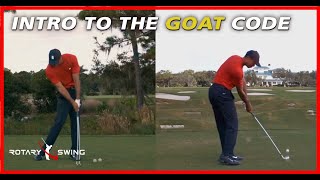
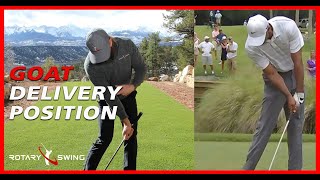

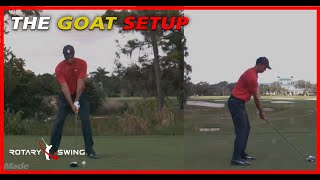
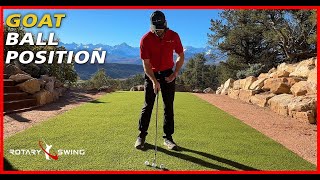
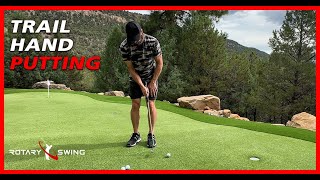



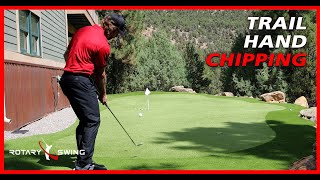
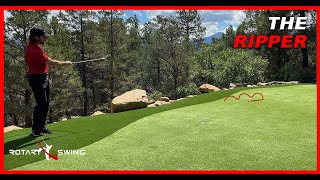
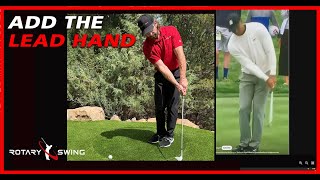
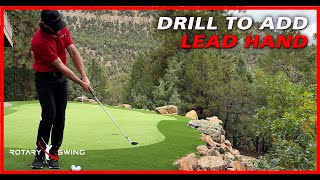

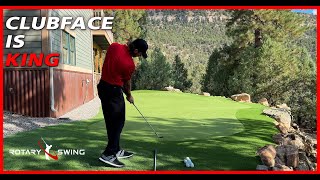
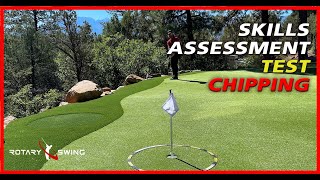
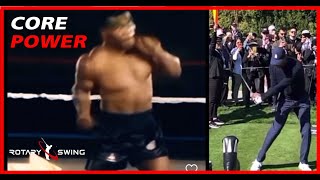
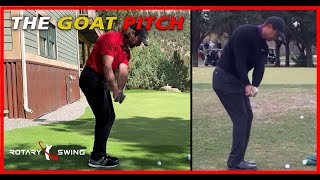
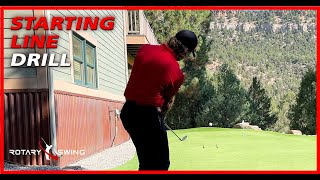
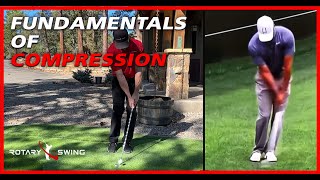
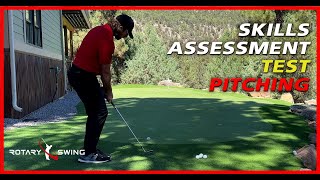
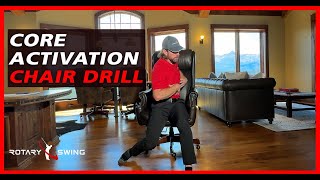
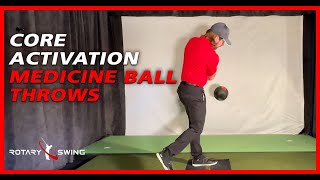
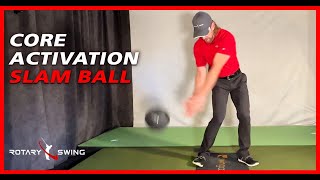
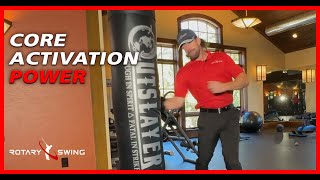
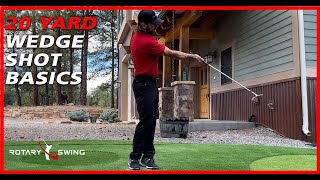
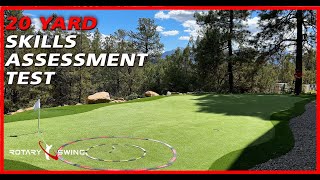
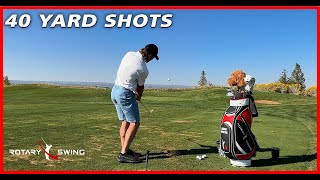
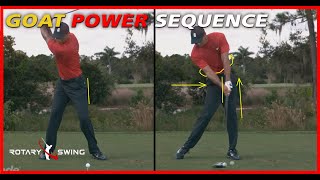
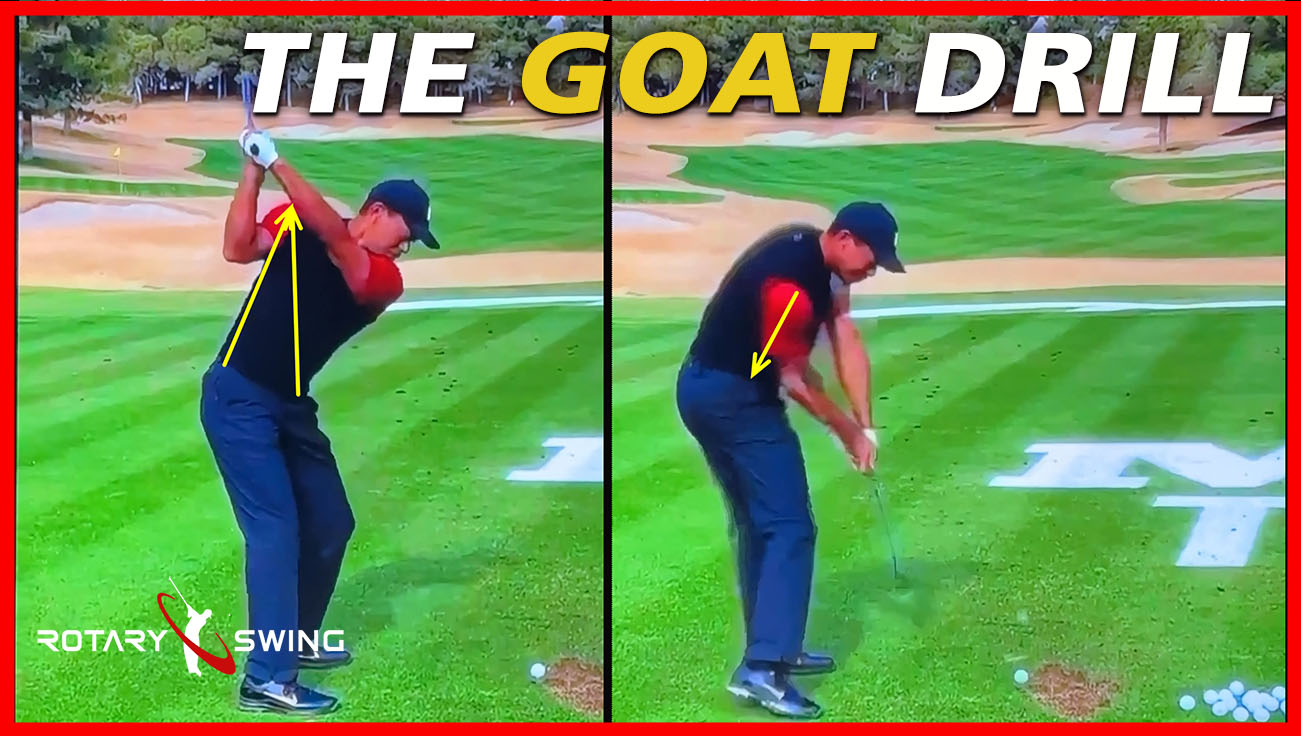

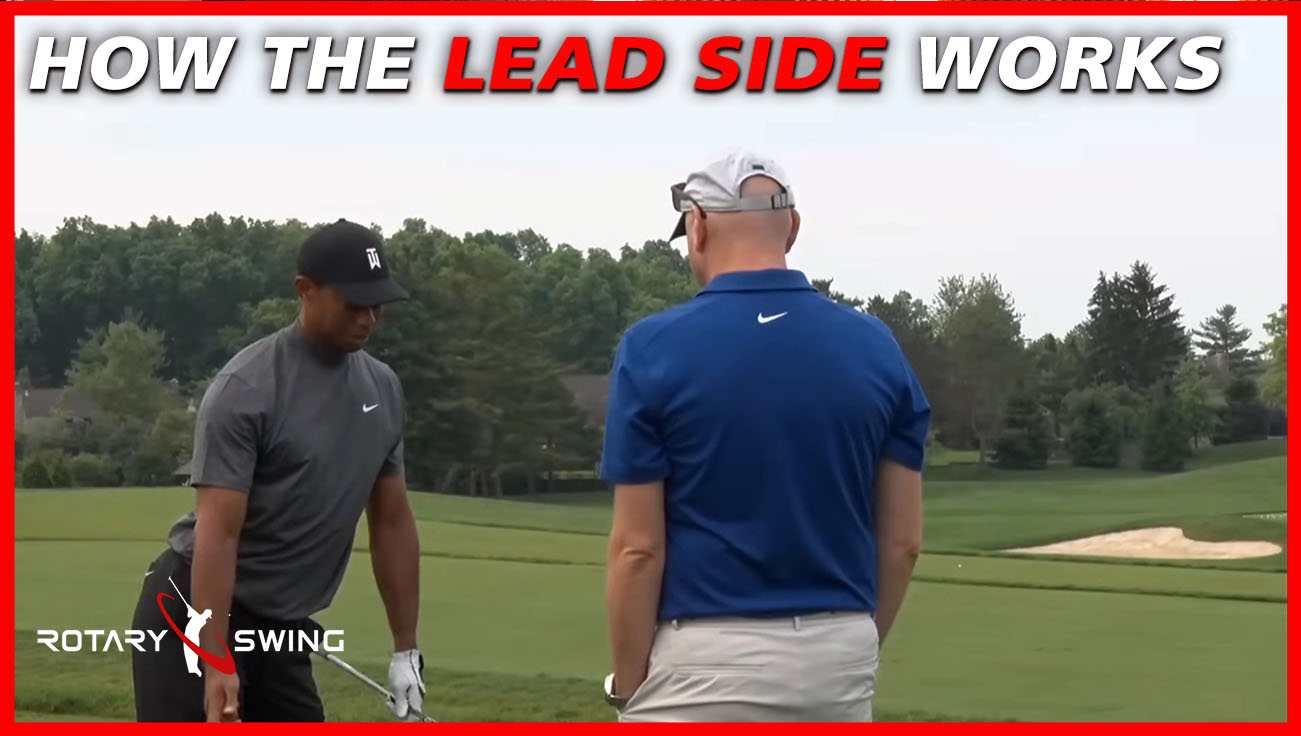
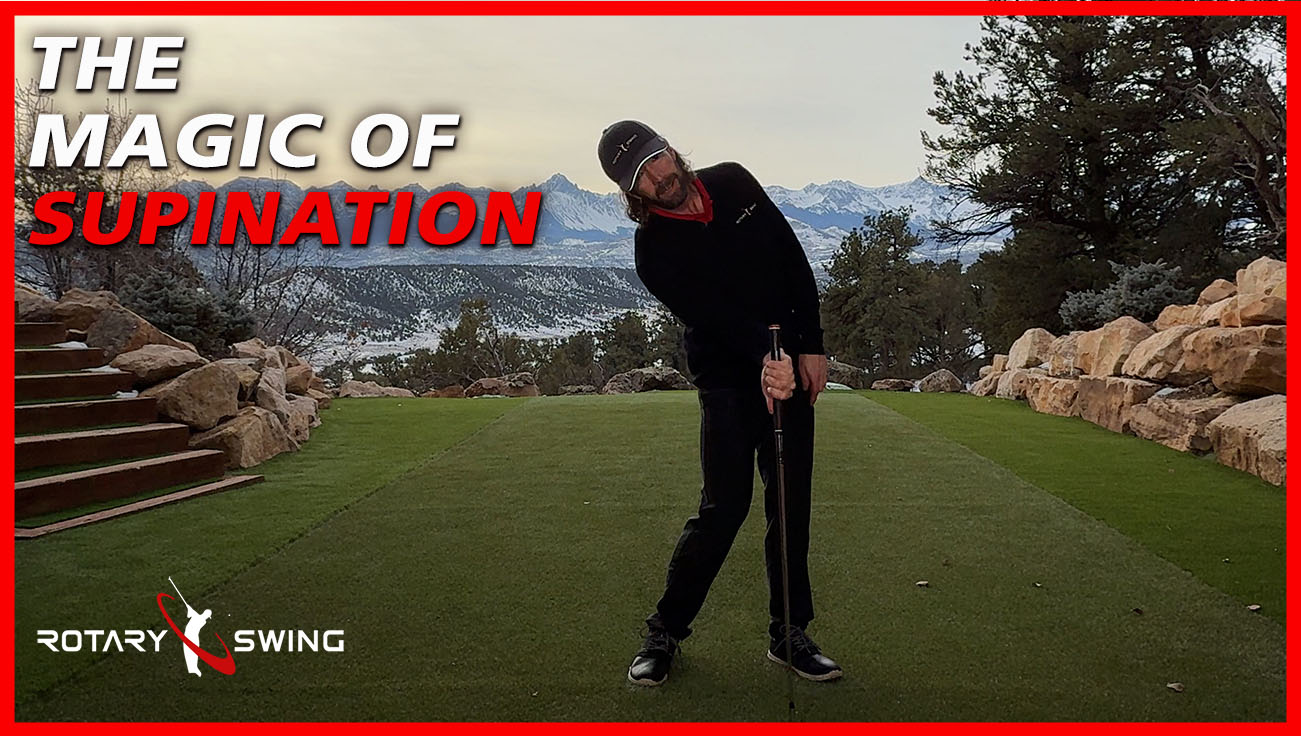

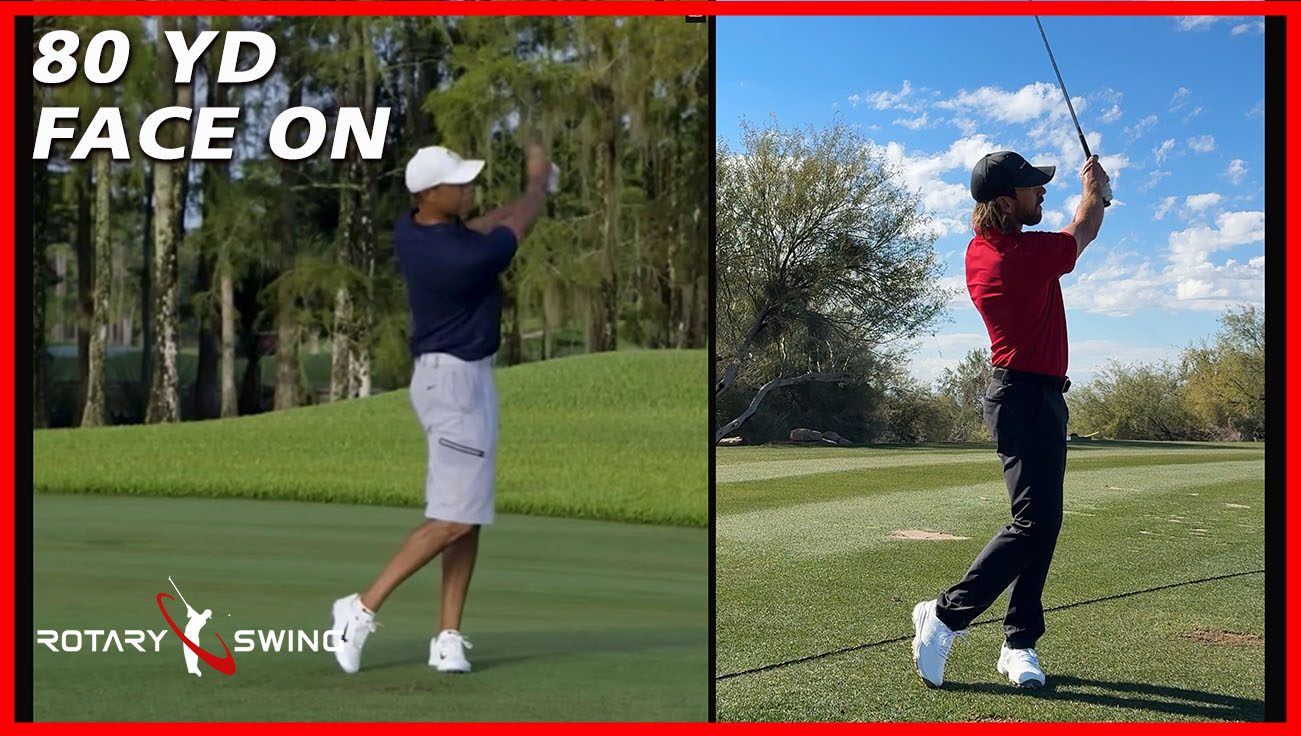
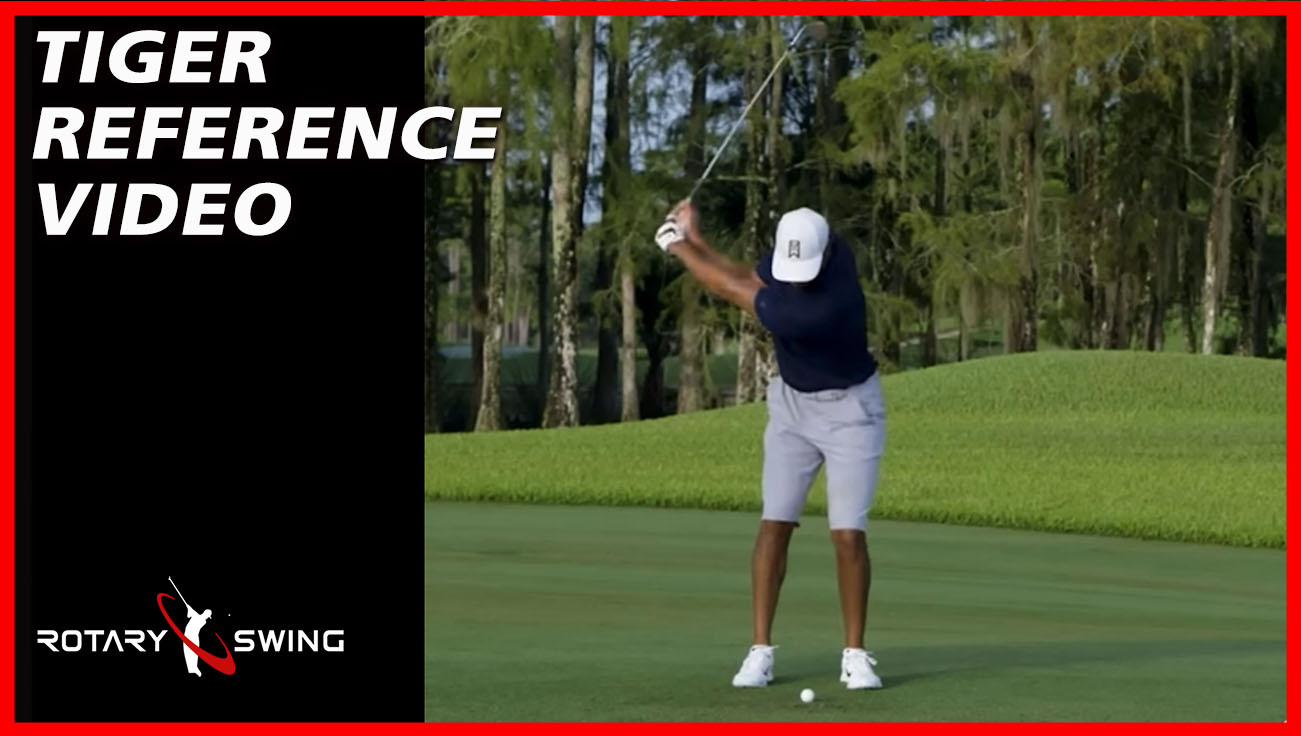

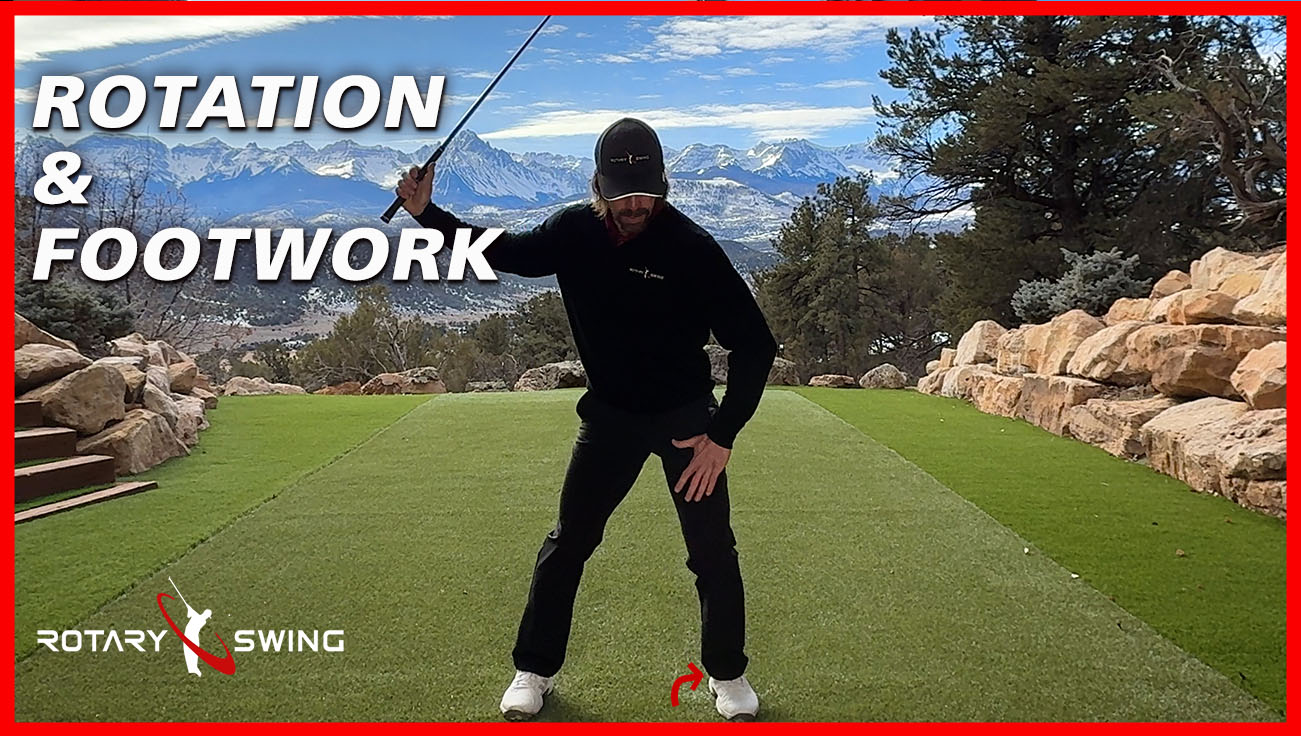
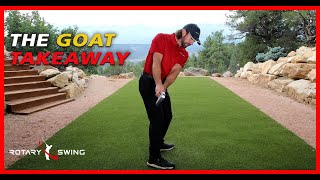
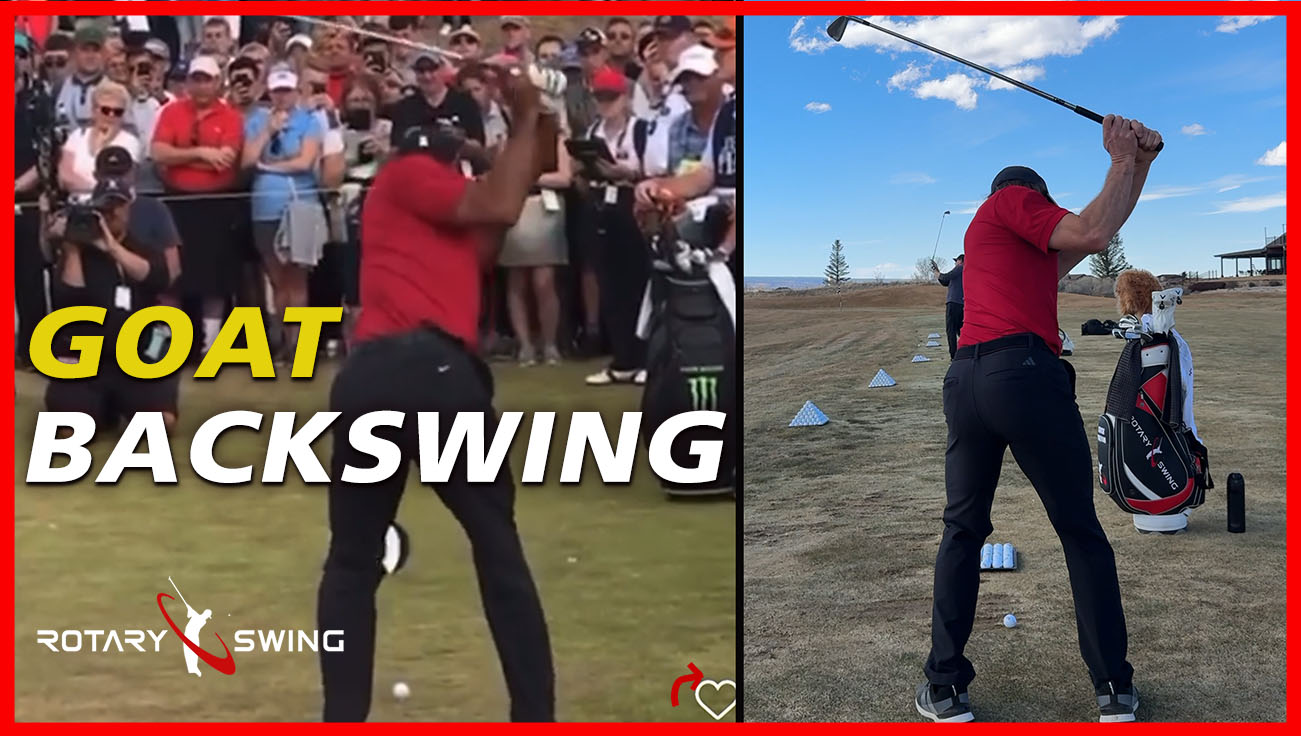
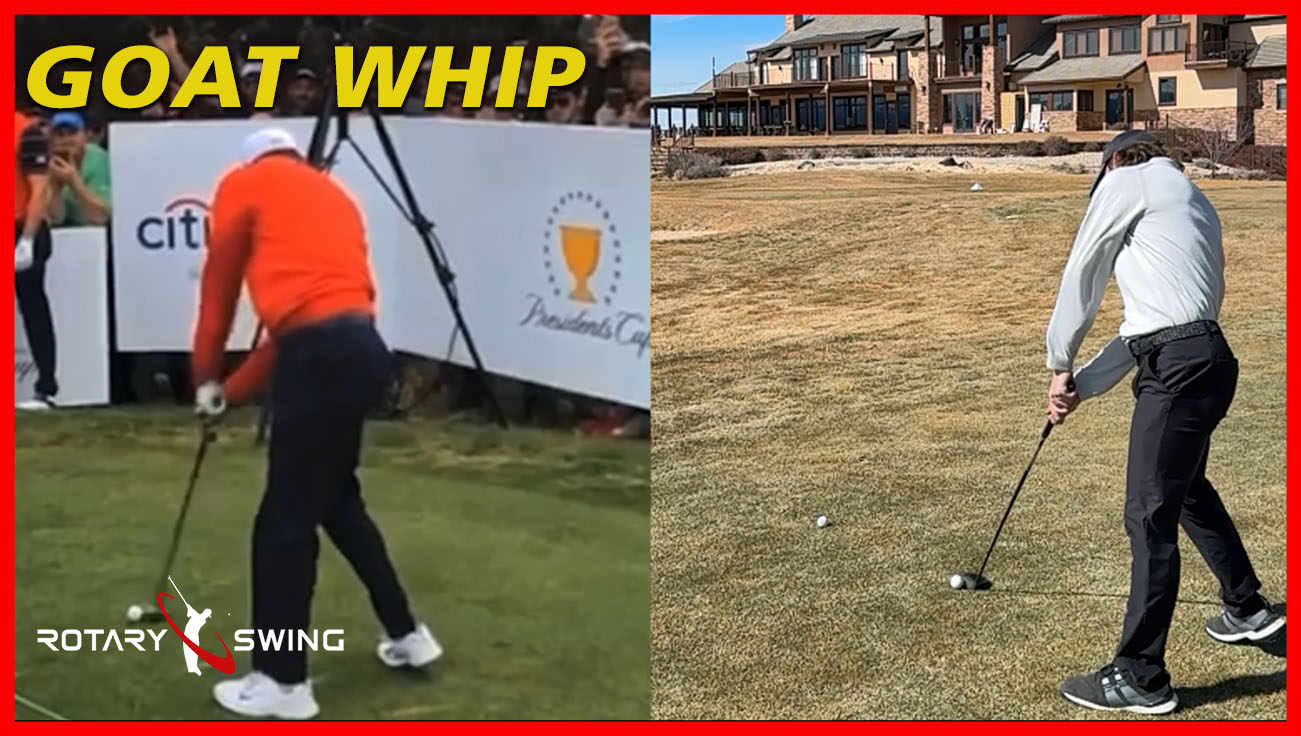
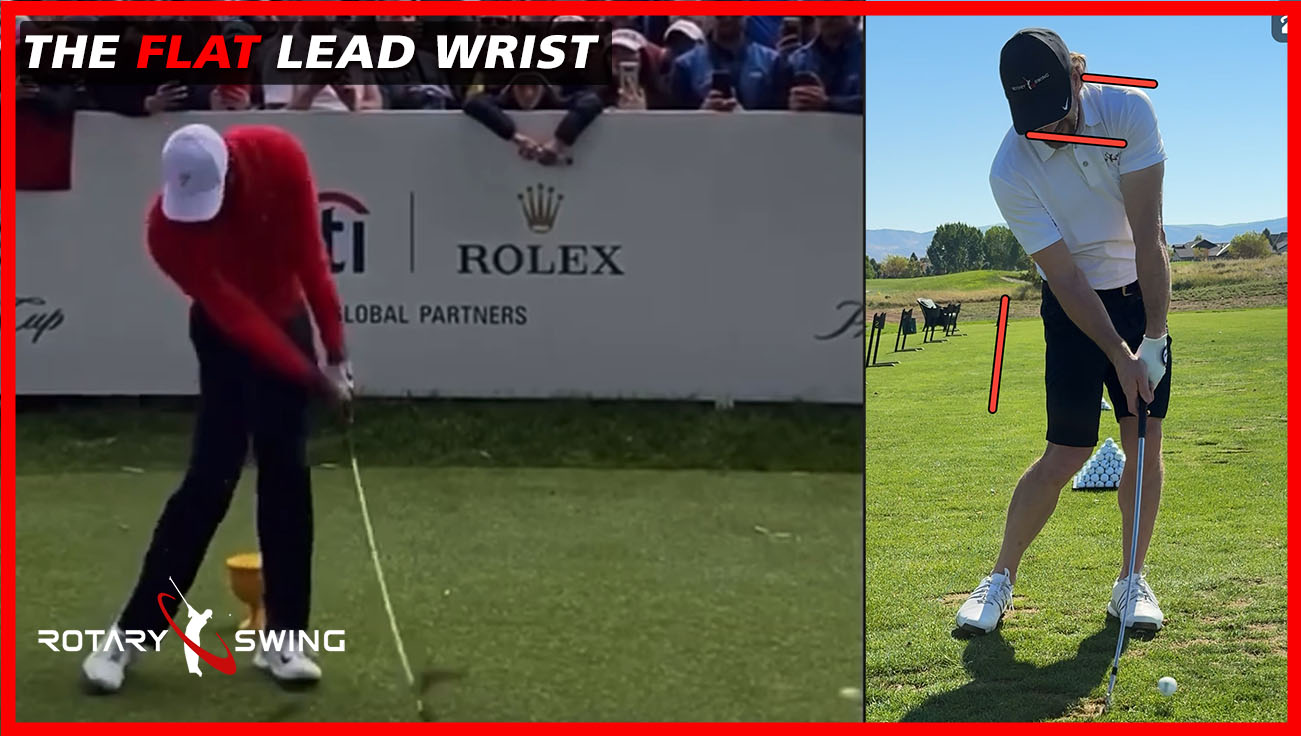
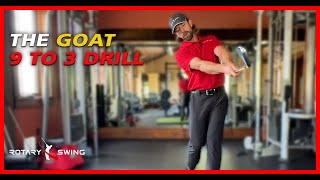
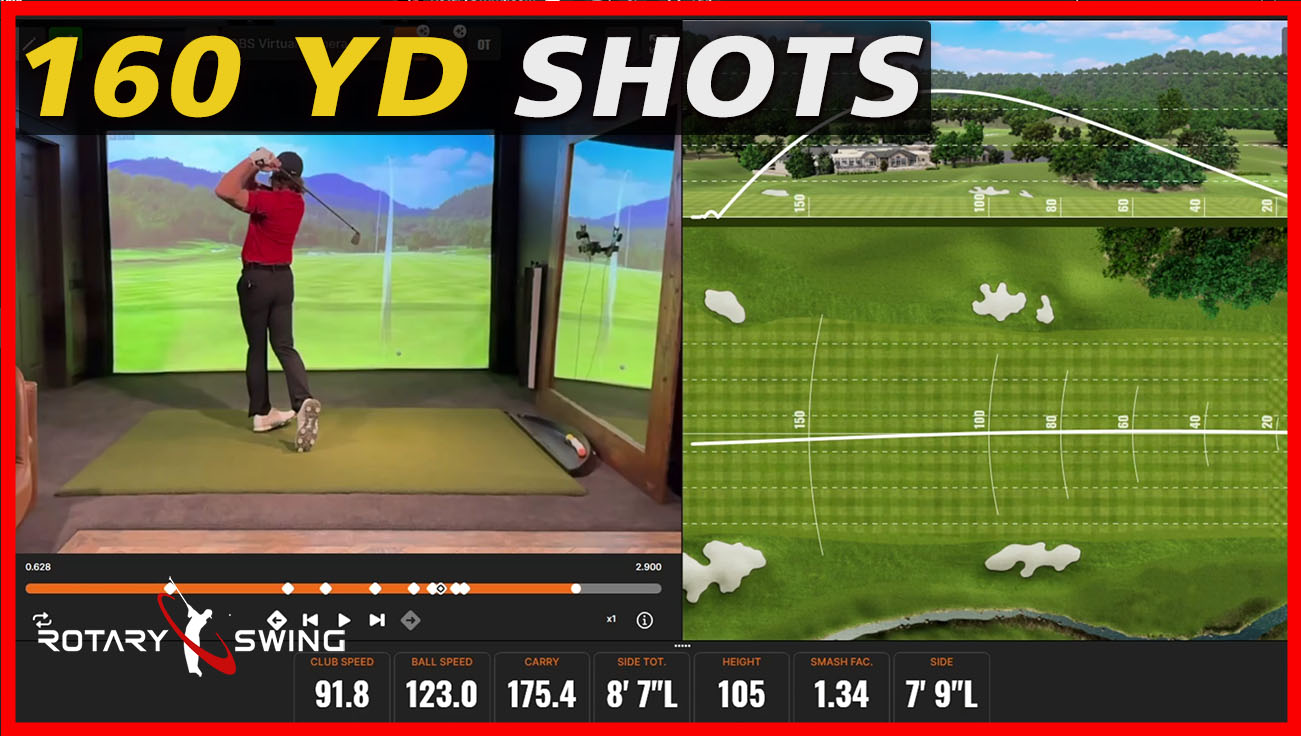

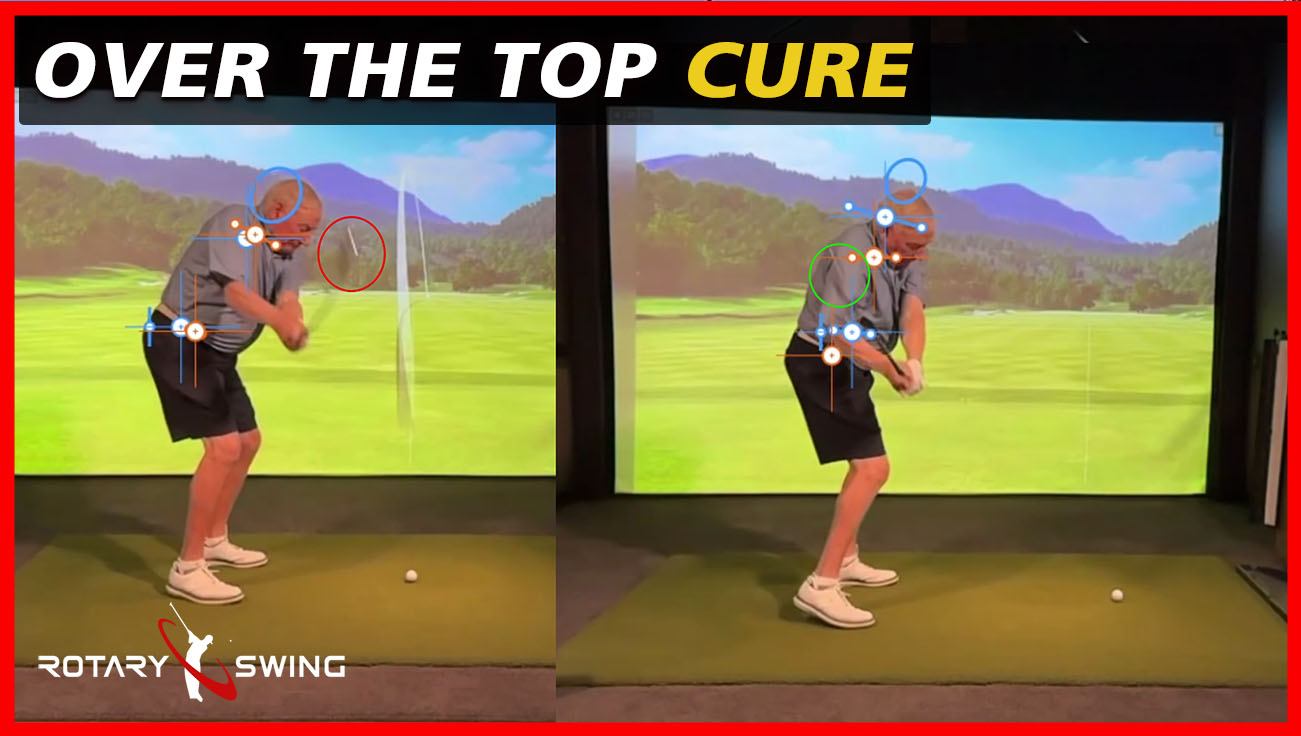
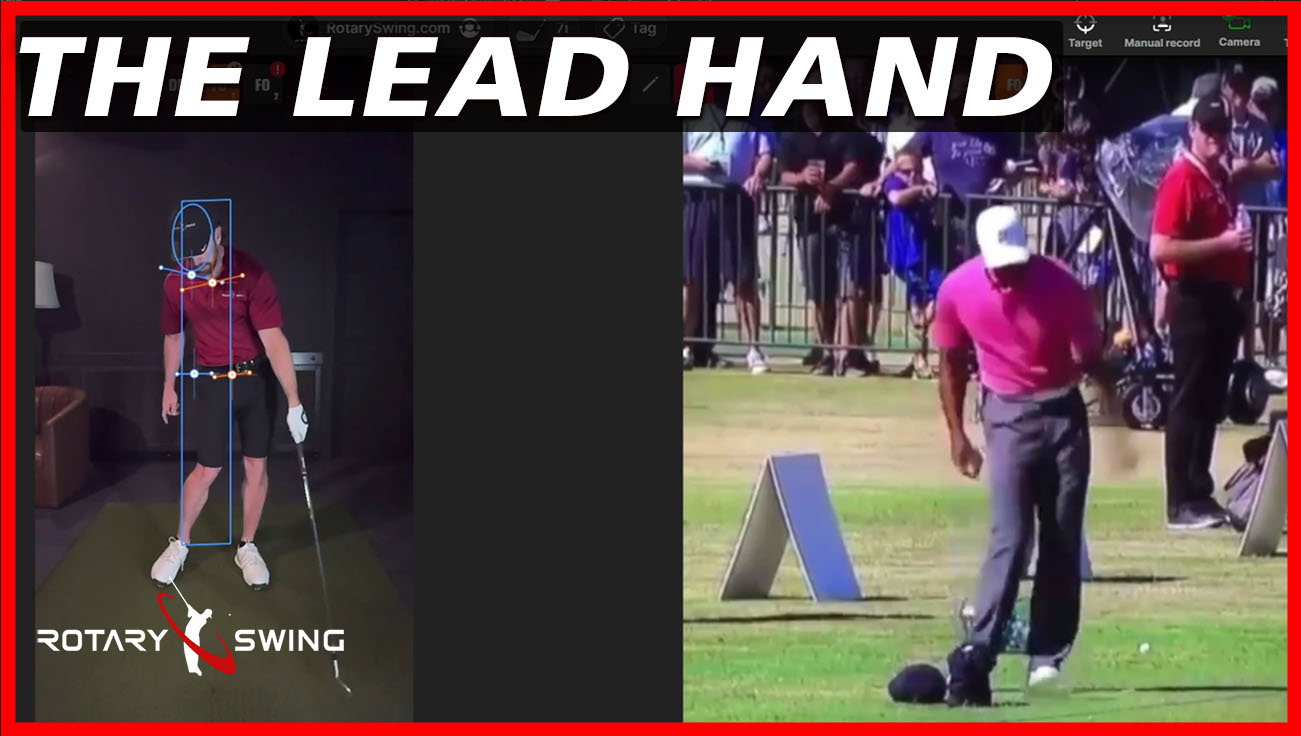
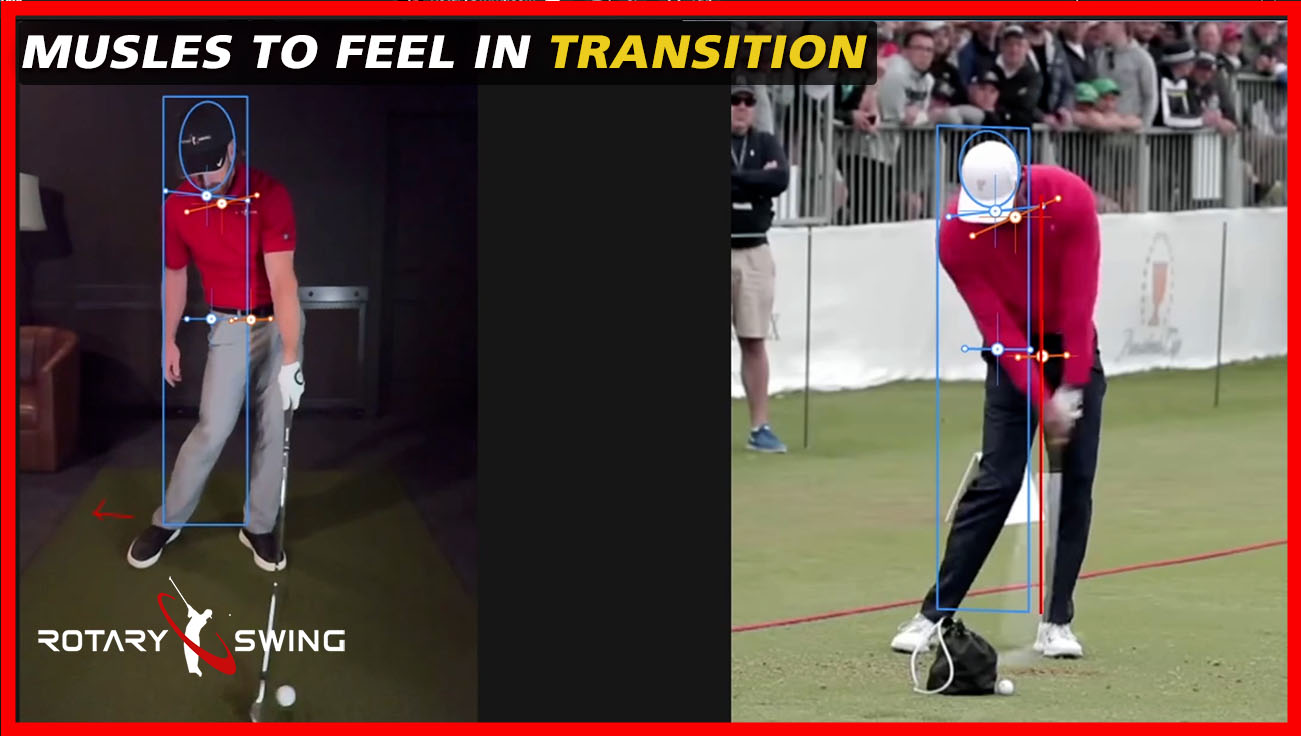
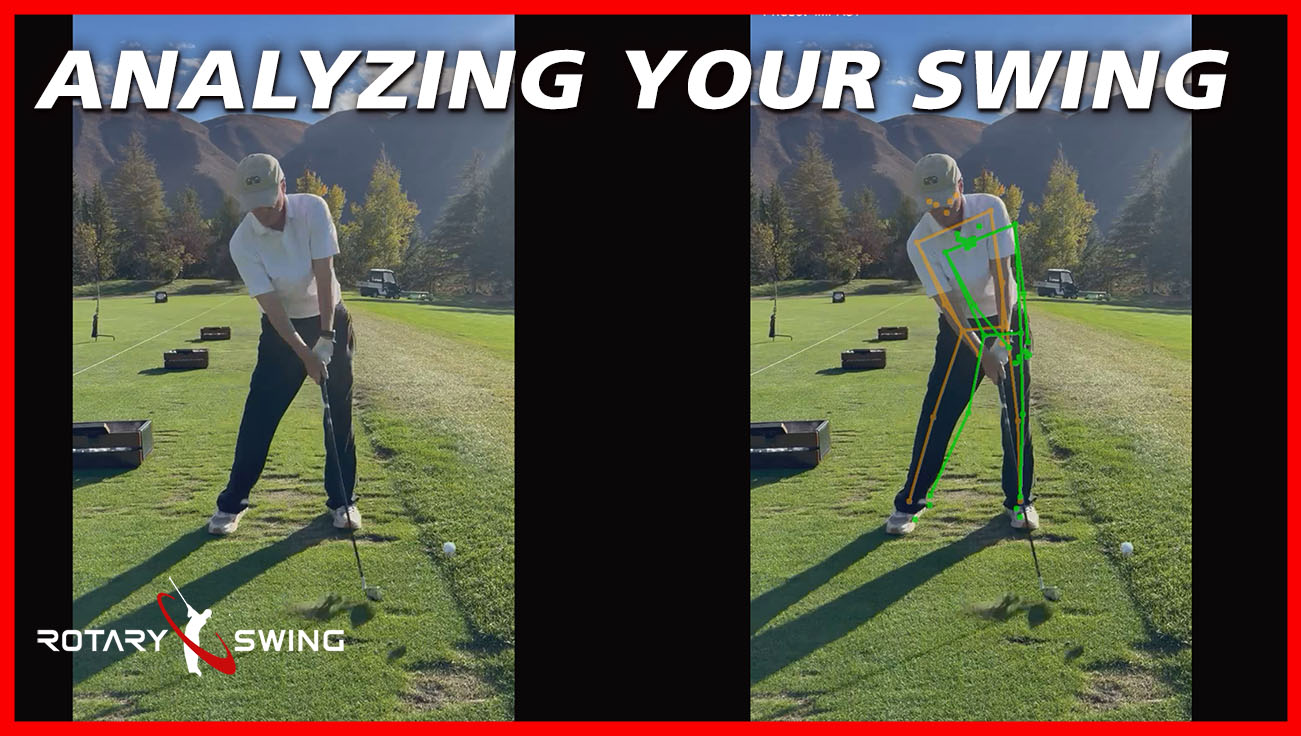
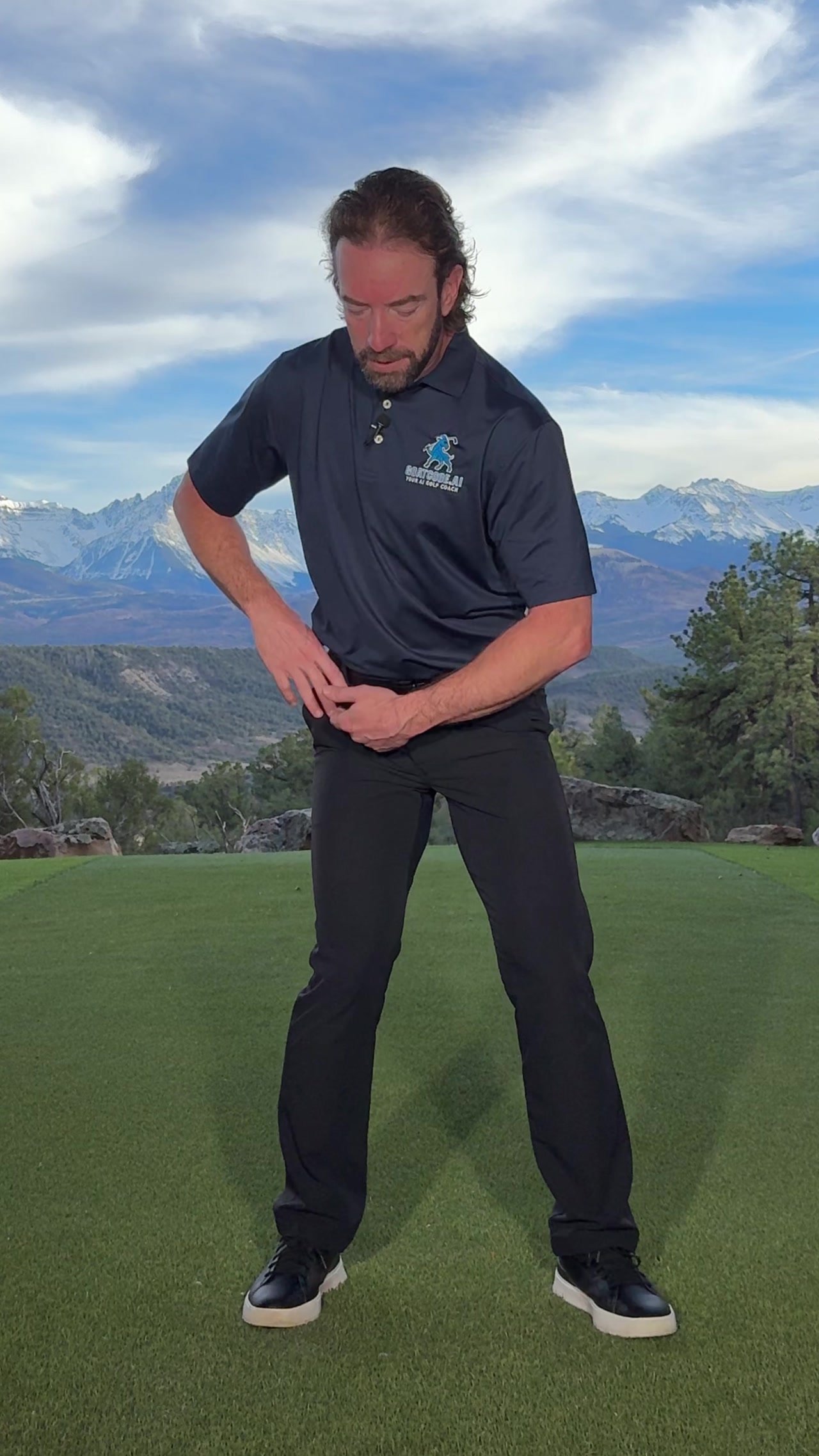
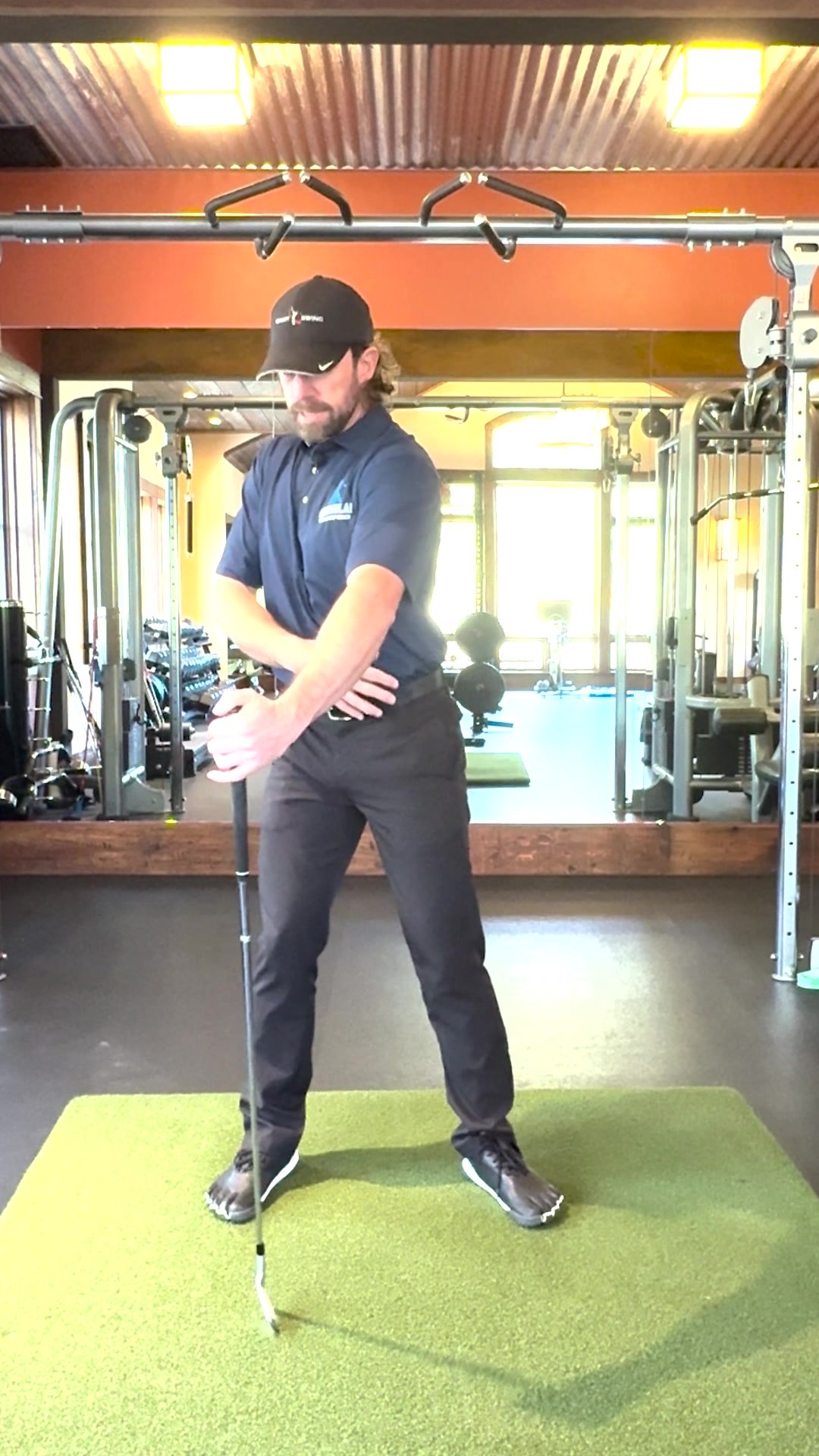
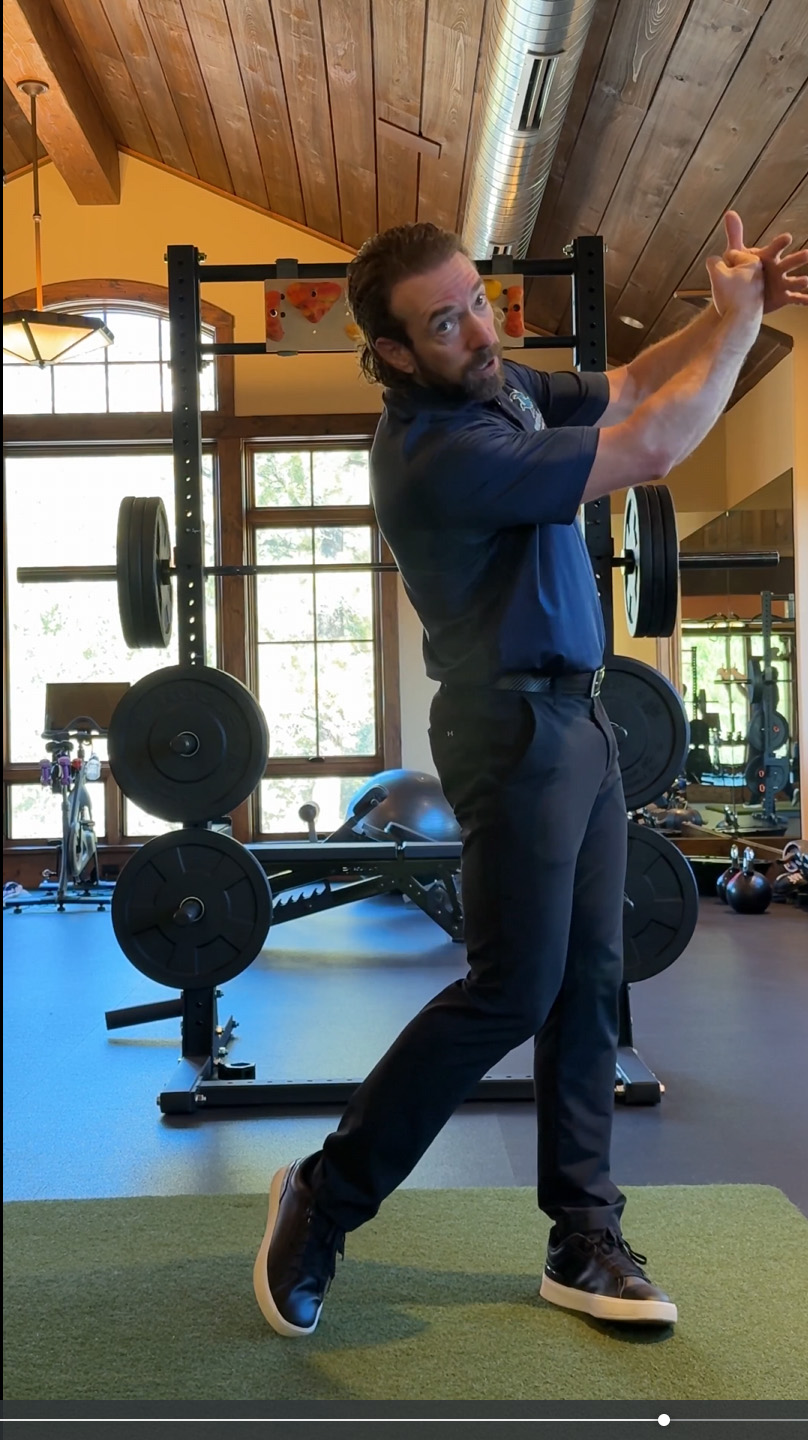
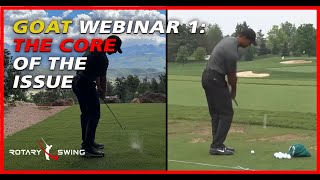
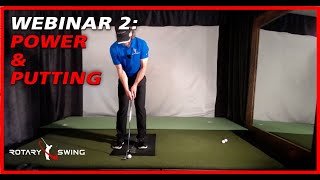
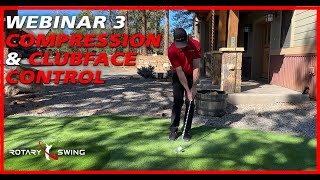
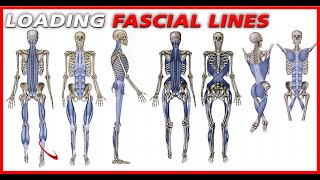
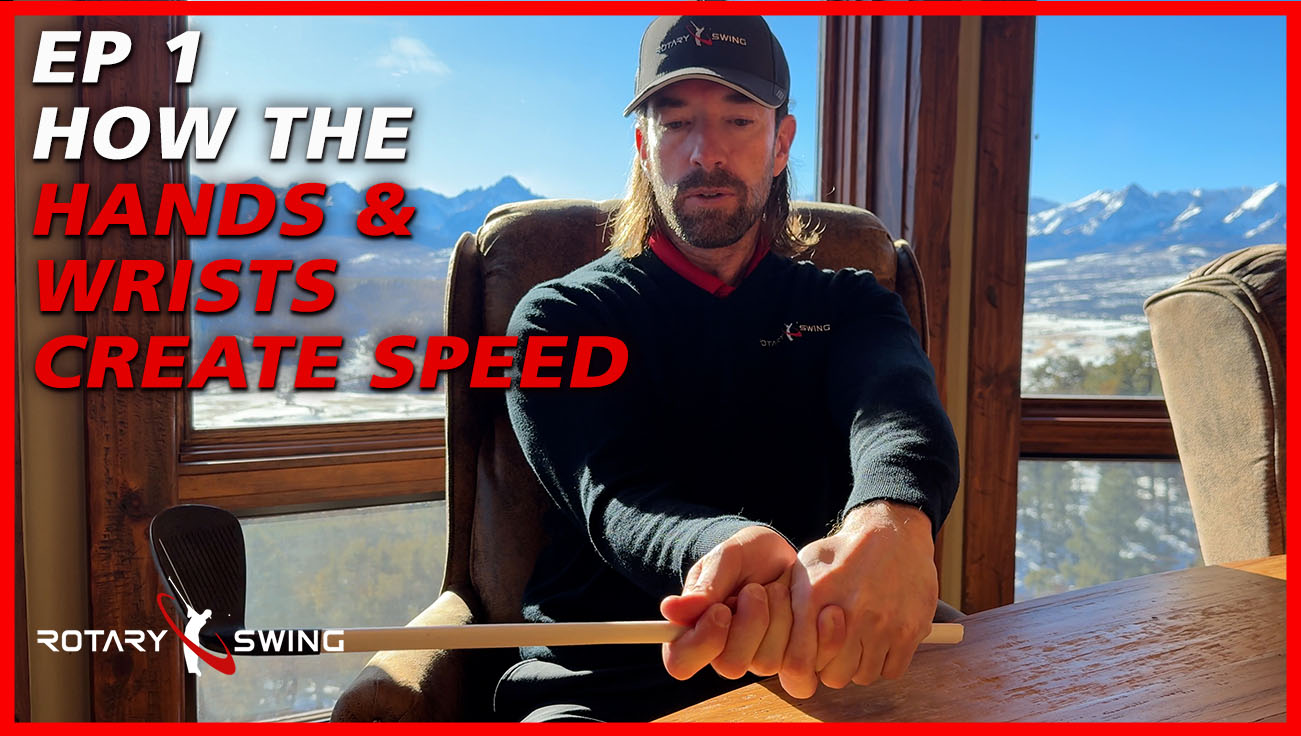

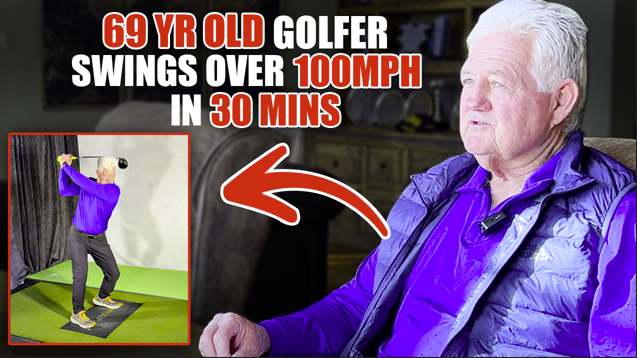
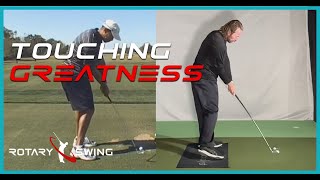


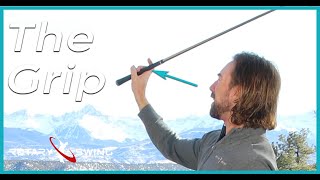


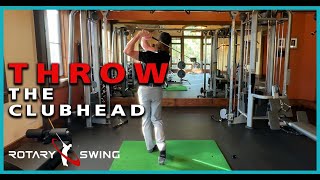
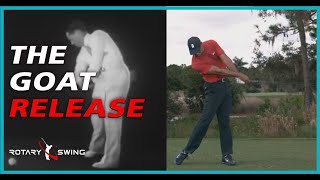
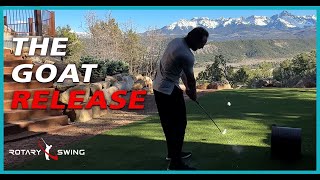
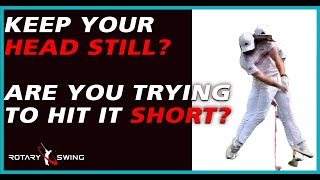
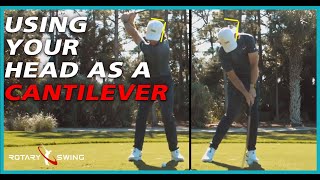
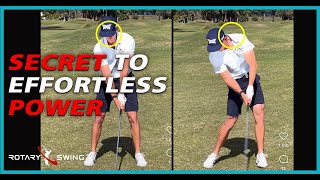
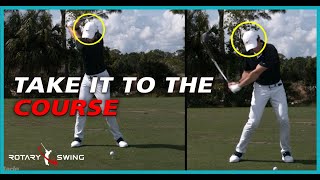
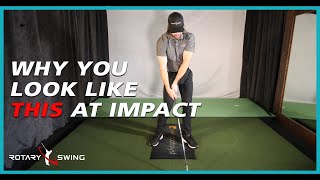
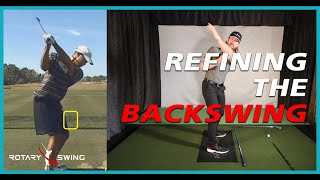
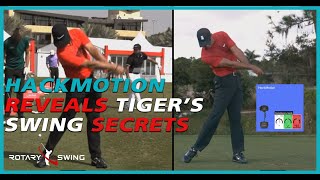
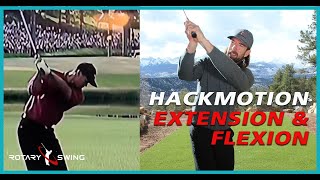
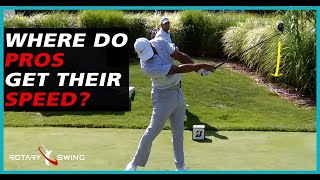
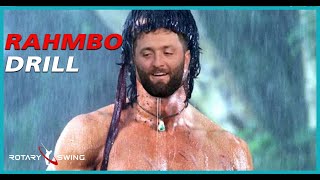
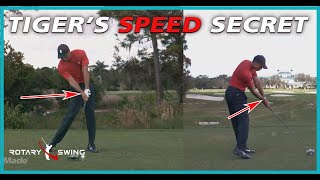
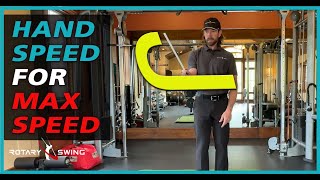
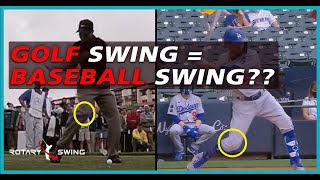
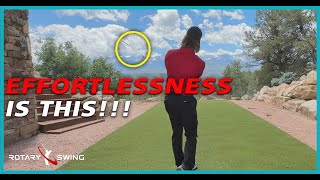

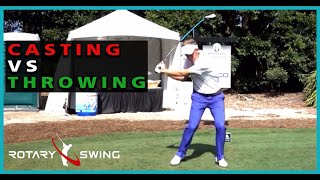
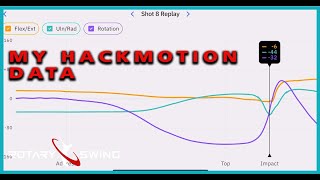
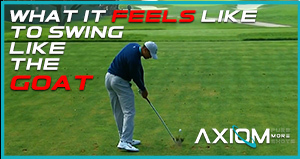

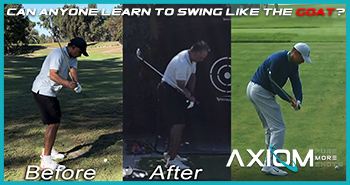

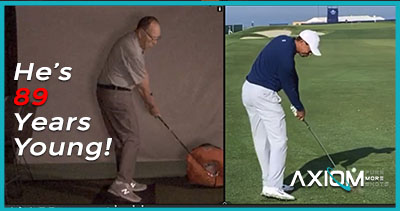

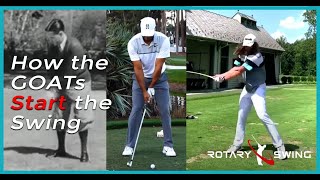
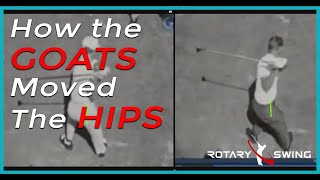
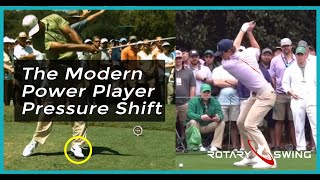
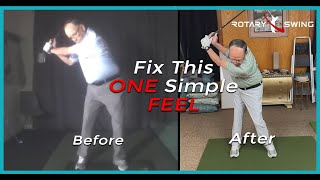
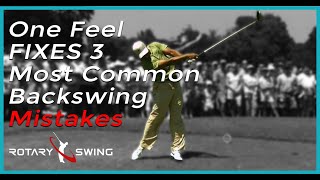
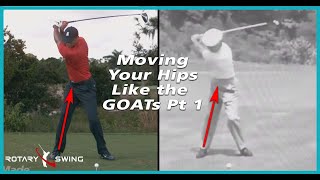
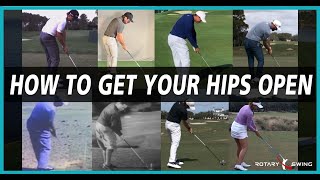

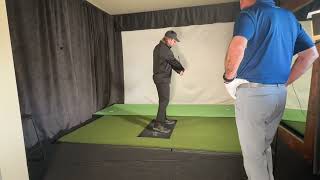
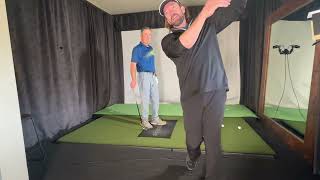
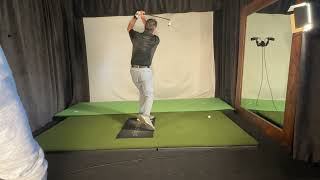
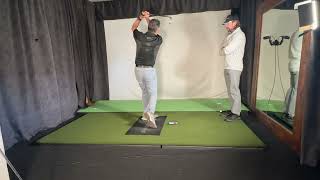
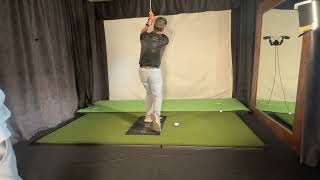
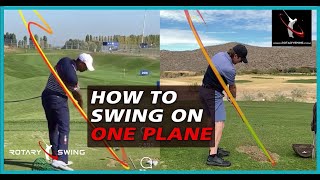
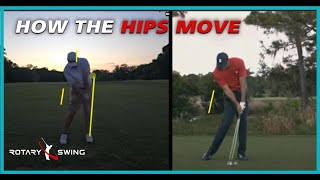
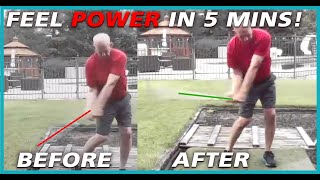
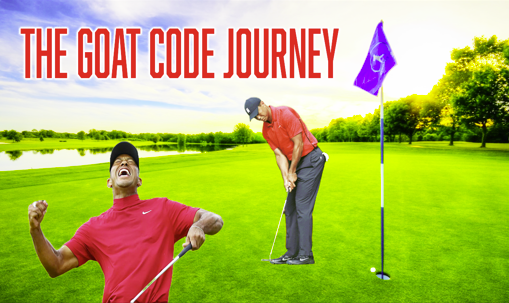
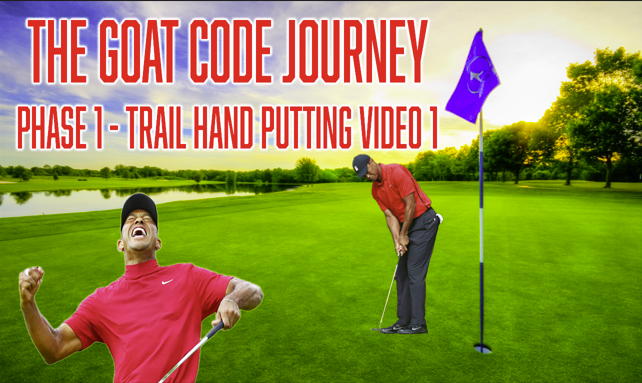
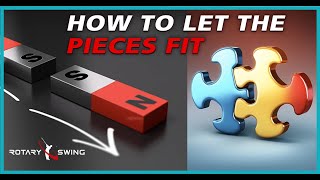


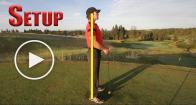
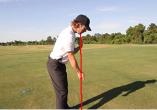
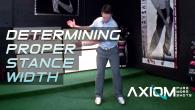
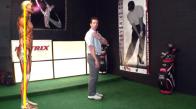
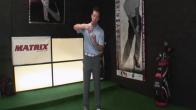
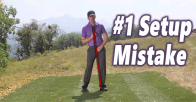
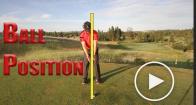
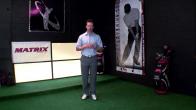
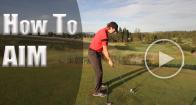
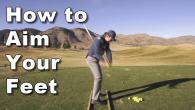
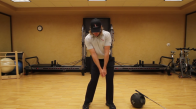
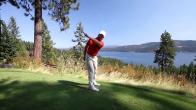
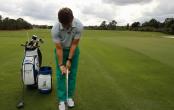
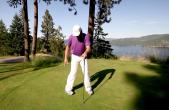
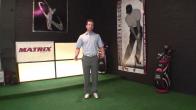


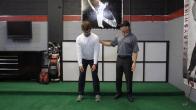
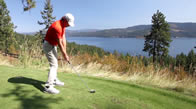
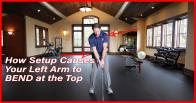


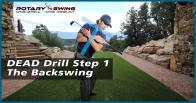
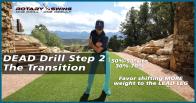
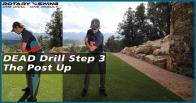

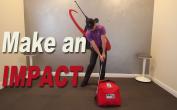
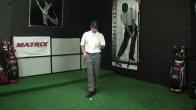
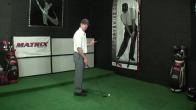
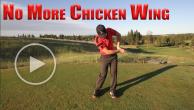
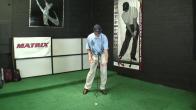
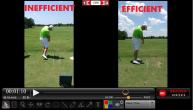
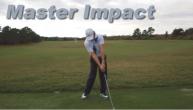
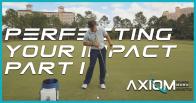
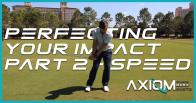
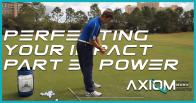
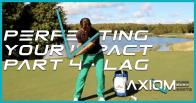

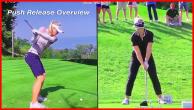

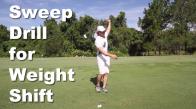
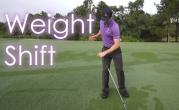
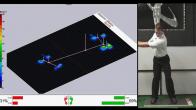
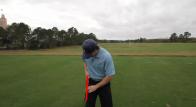
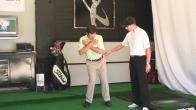
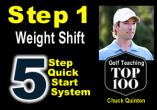

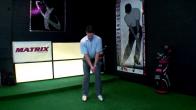
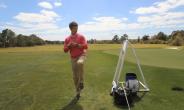
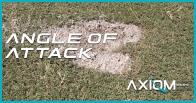
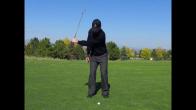
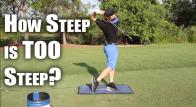
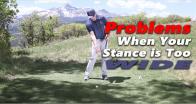
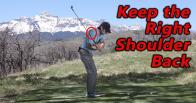
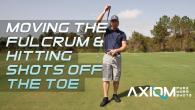
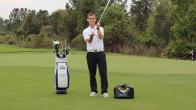
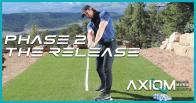

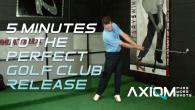
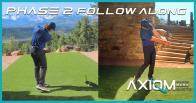



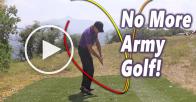
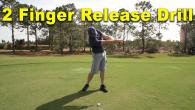
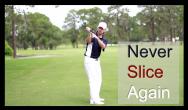
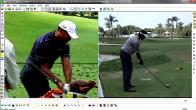
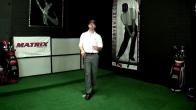
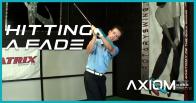
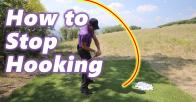



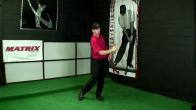
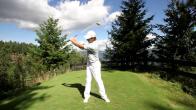
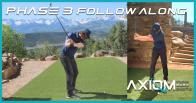



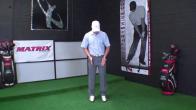
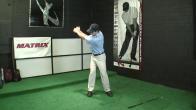
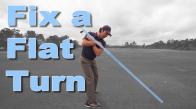
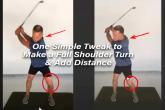

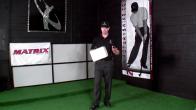
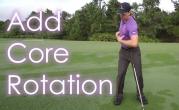
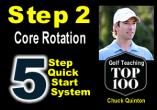
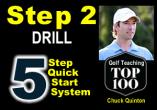
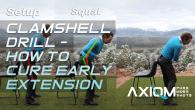

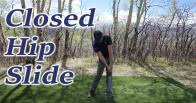

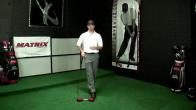

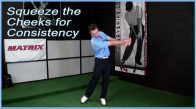
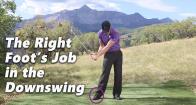
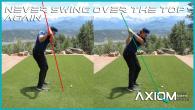
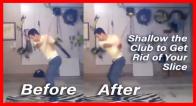
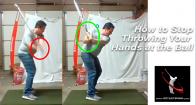

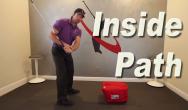
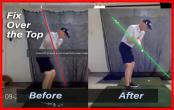
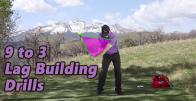

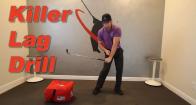
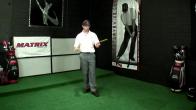
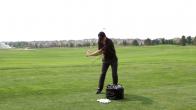



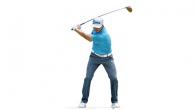
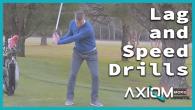
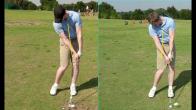




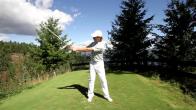

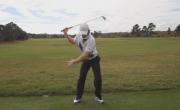
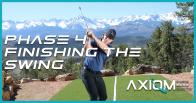
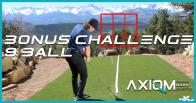


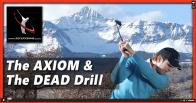


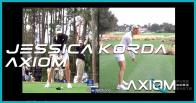

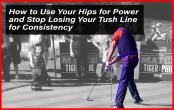

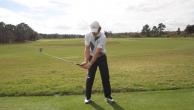
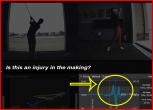
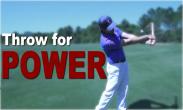


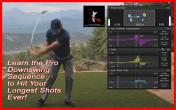
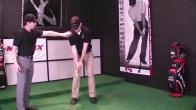
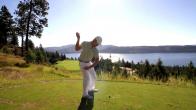

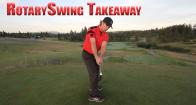


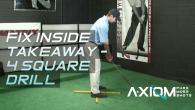
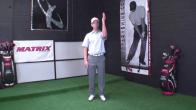
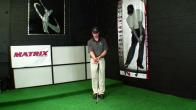


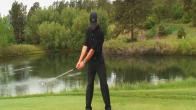
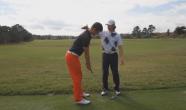



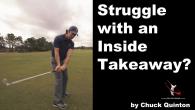
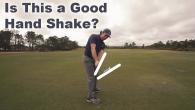

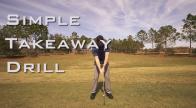

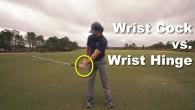
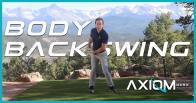


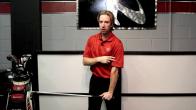
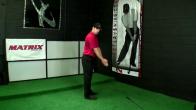
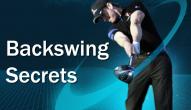
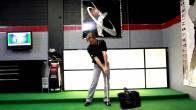

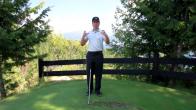

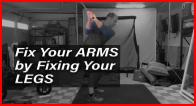

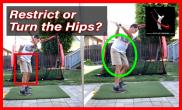


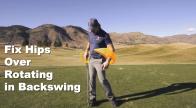
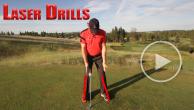
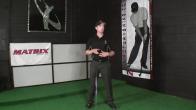
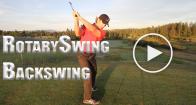
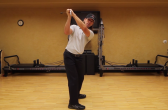
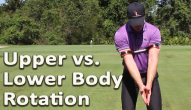
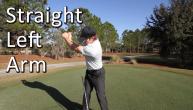

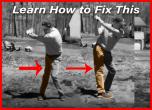







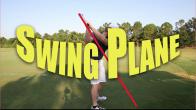
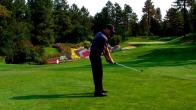

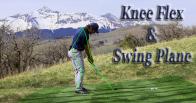
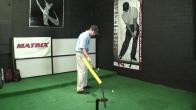
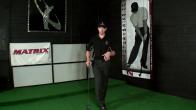
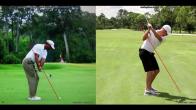






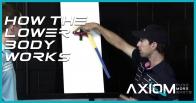
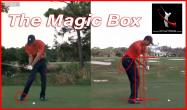
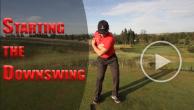
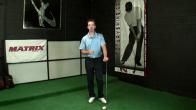
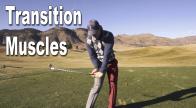
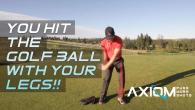
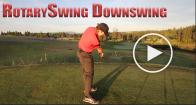
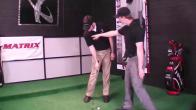
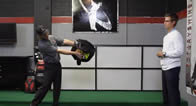
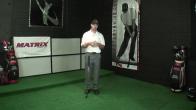
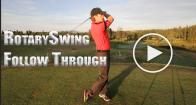
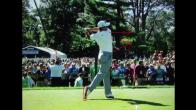
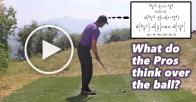
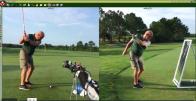


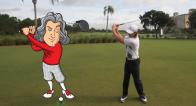
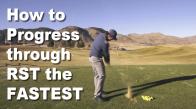

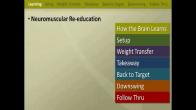
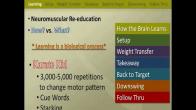
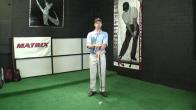

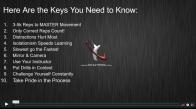

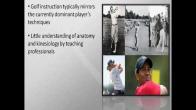


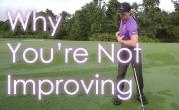
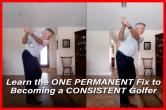

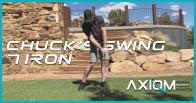



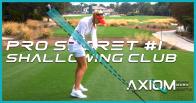
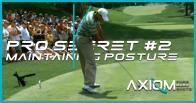
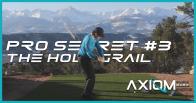
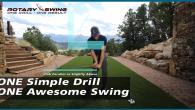
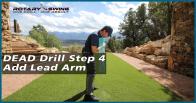
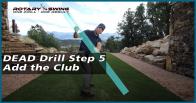
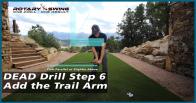
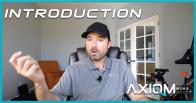
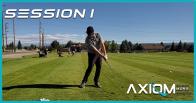
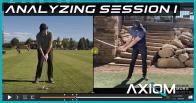

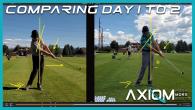
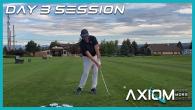

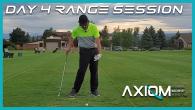


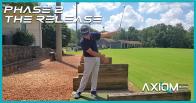

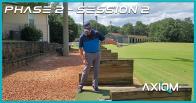
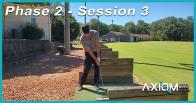
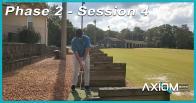
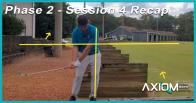
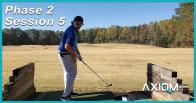
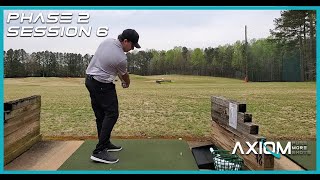
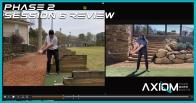
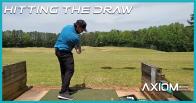


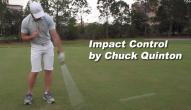
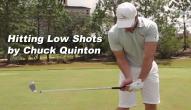

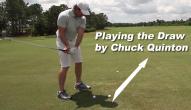
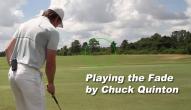
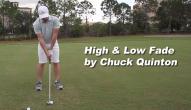
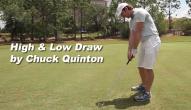
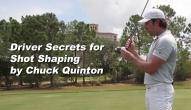



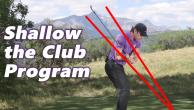
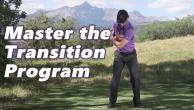

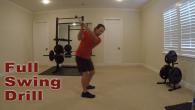

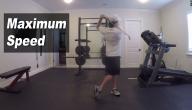
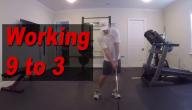
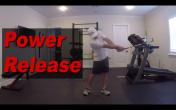
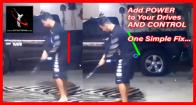
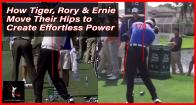
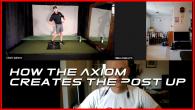

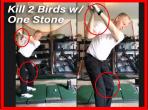
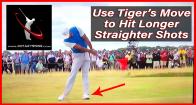

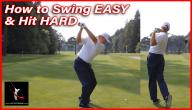
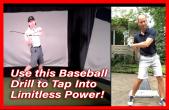
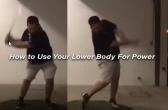
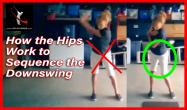

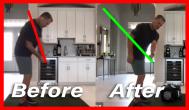
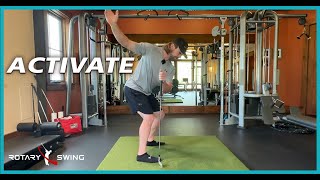

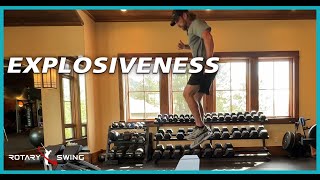
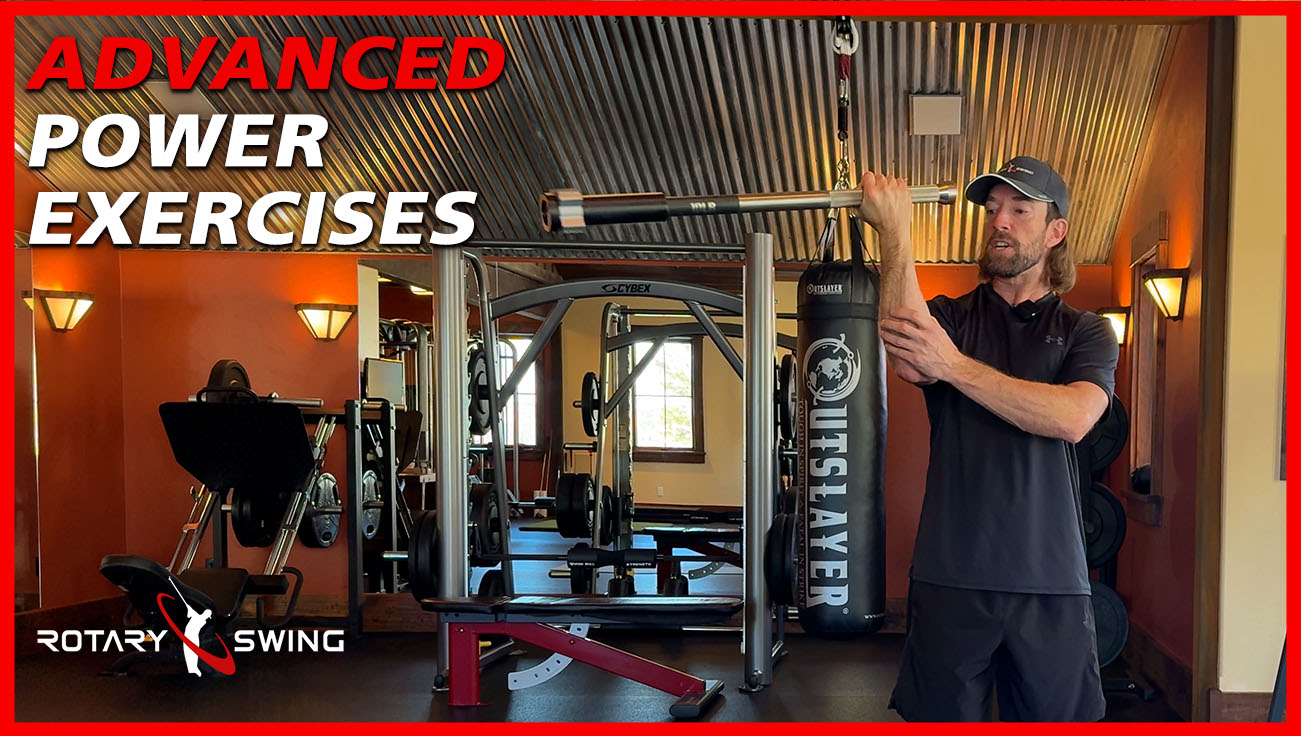
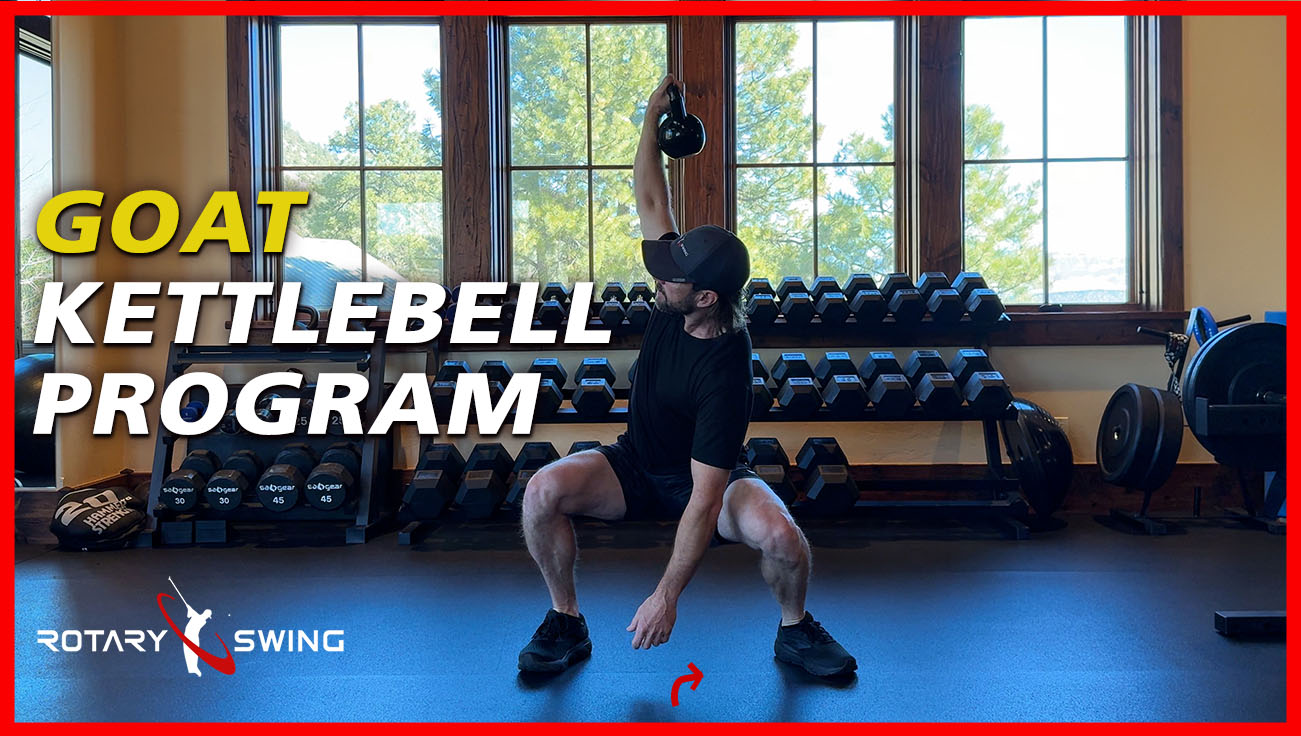

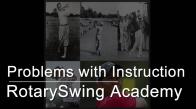
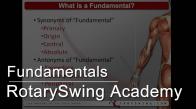
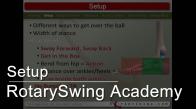


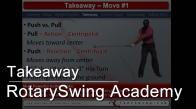

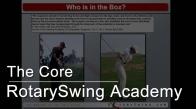
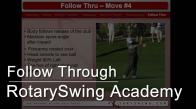

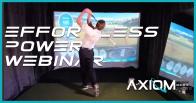


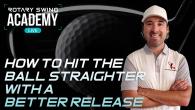
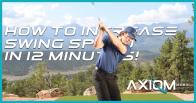


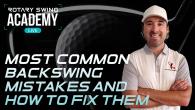
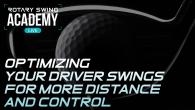
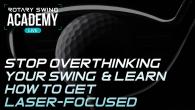



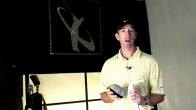
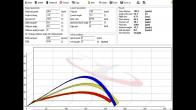
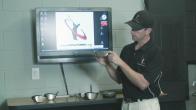
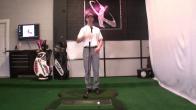

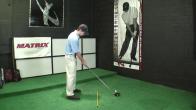
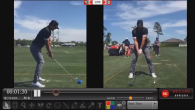
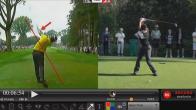

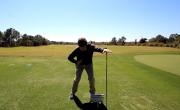

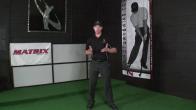
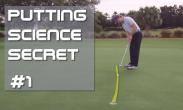
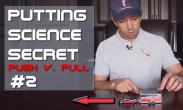
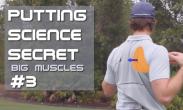
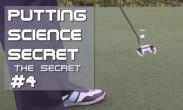
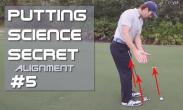
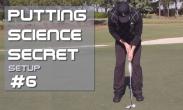
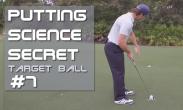
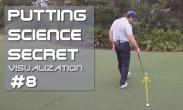
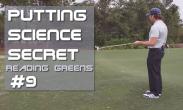
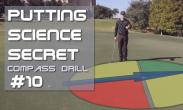
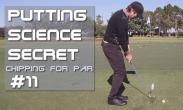
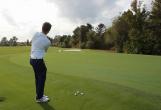

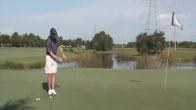
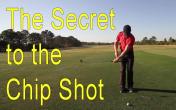
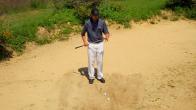
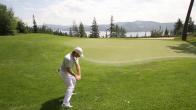
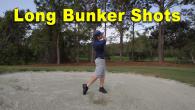

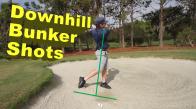
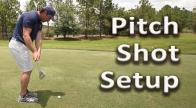


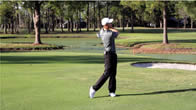
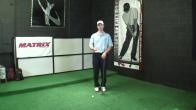


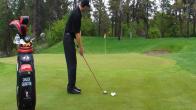
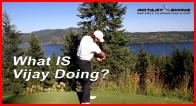





Mark
Chuck
Mark
Chuck
Mark
Chuck
Mark
Chuck
Mark
Mark
Chuck
Atle
Chuck